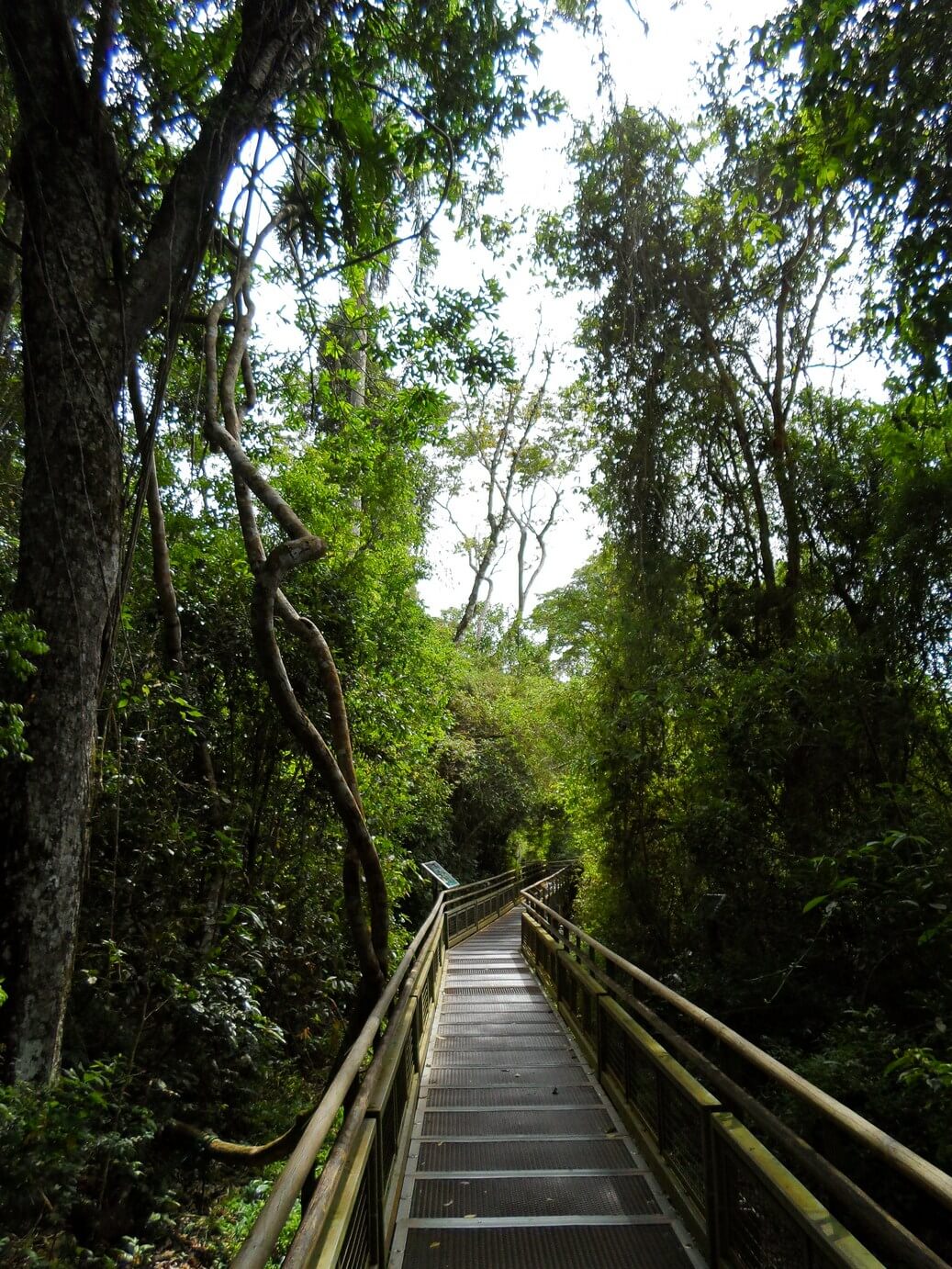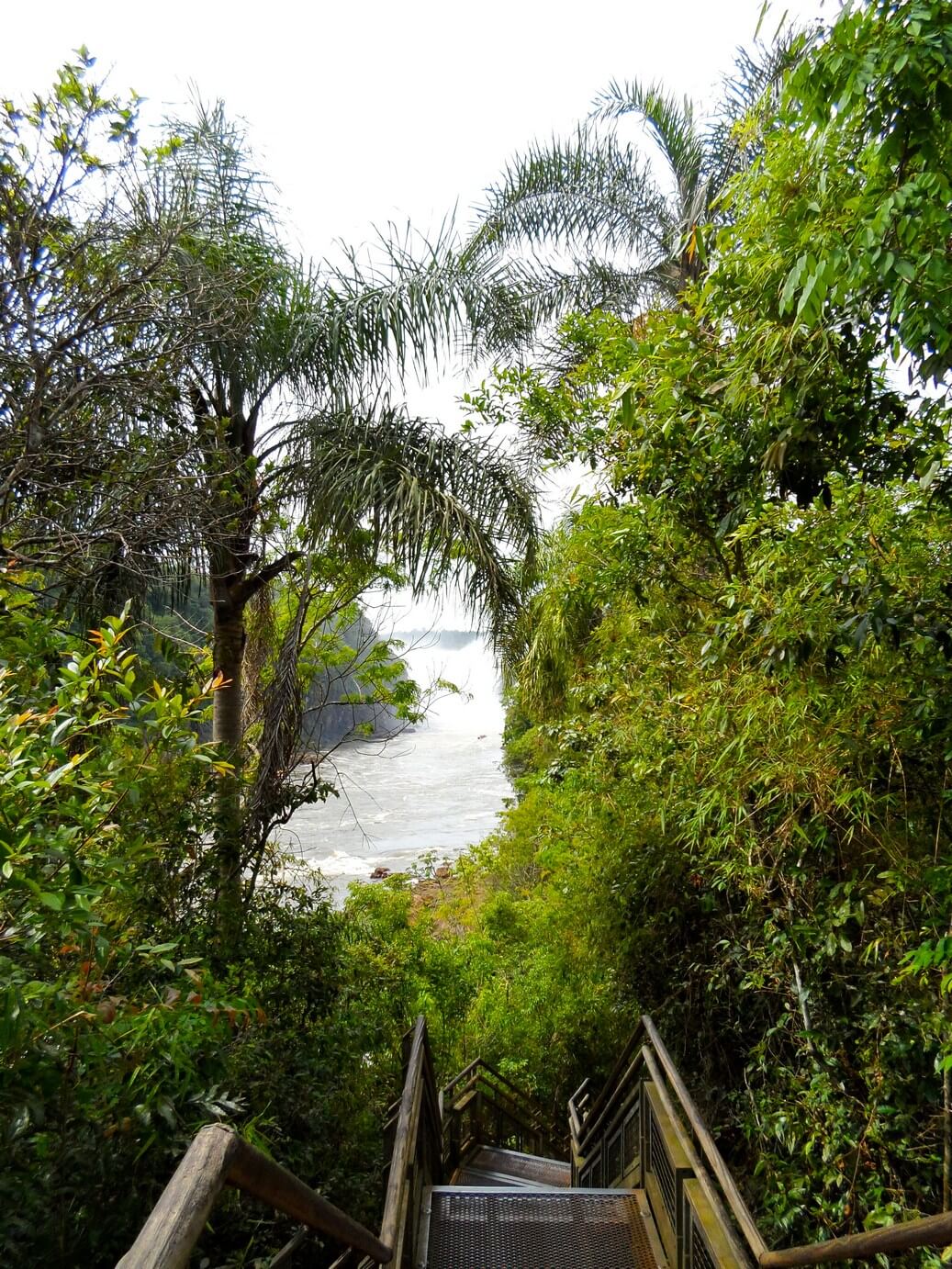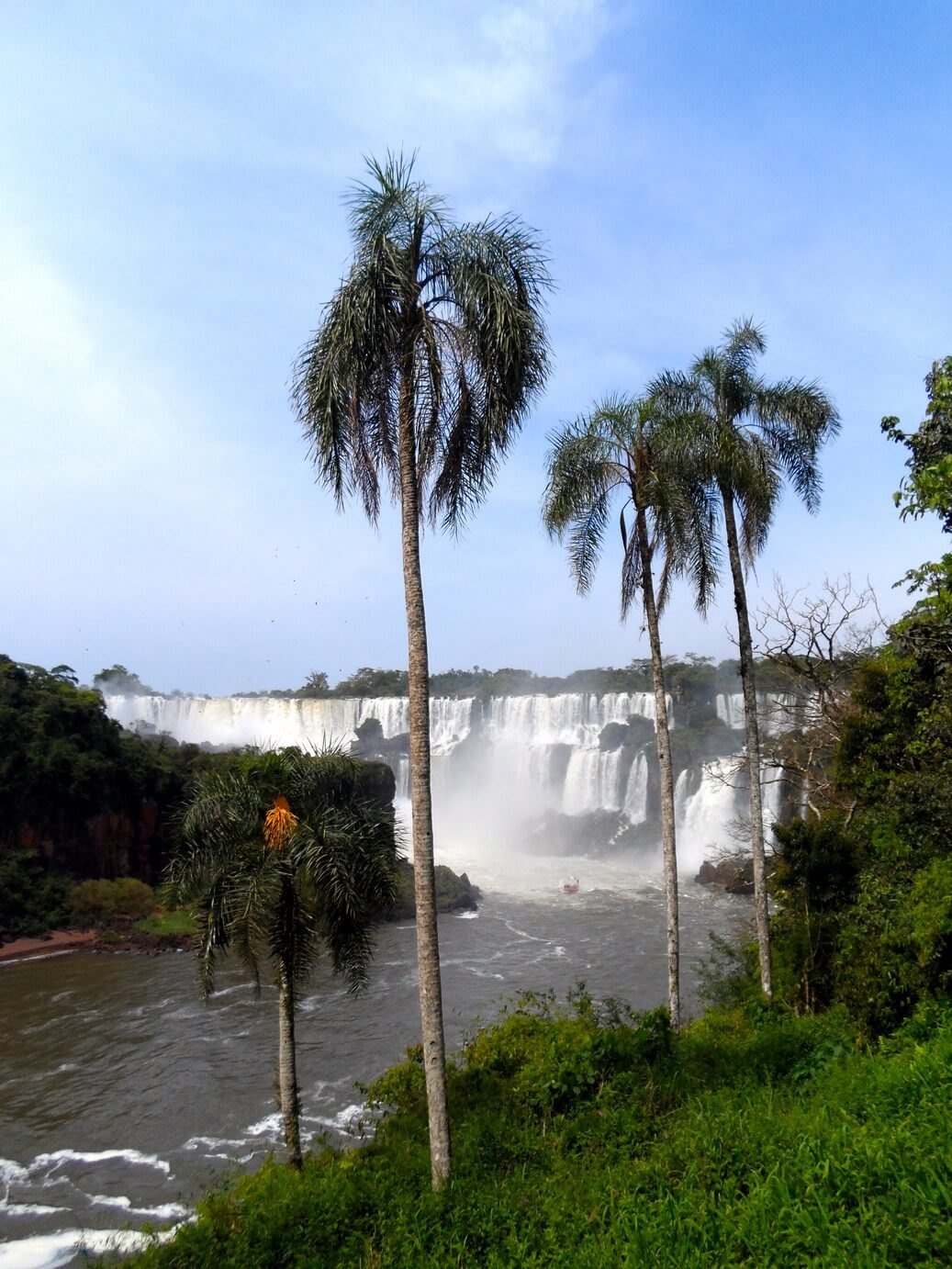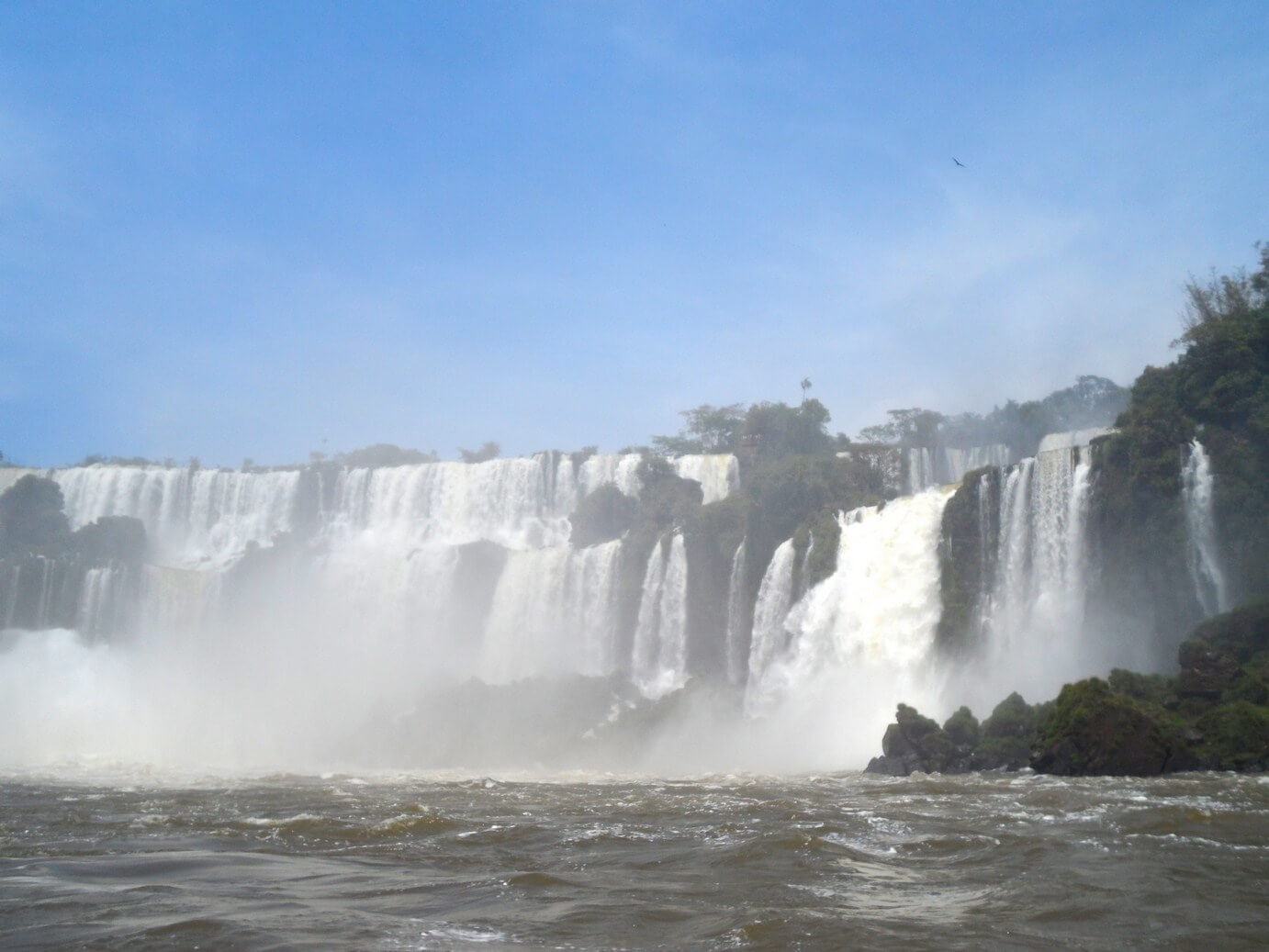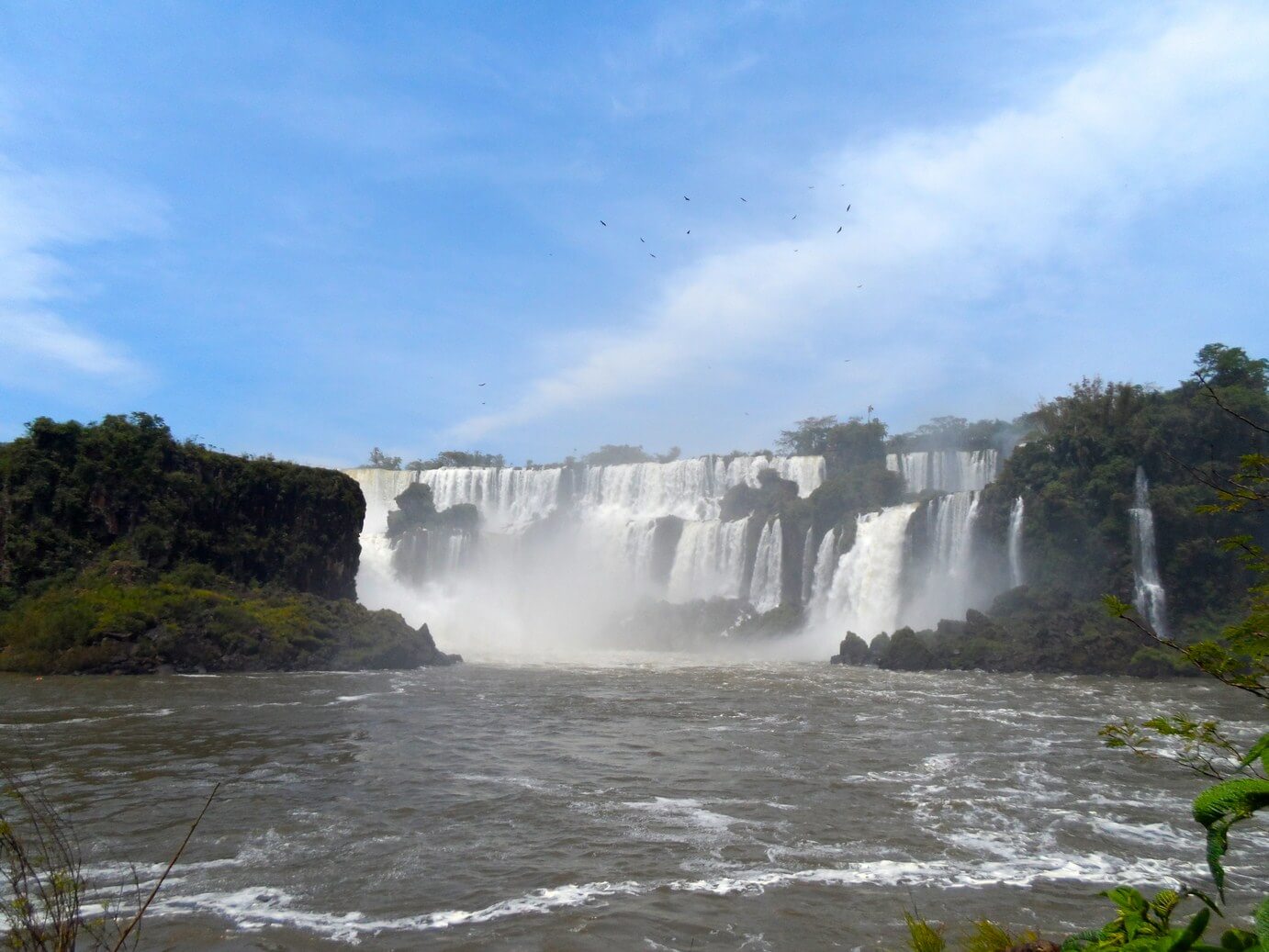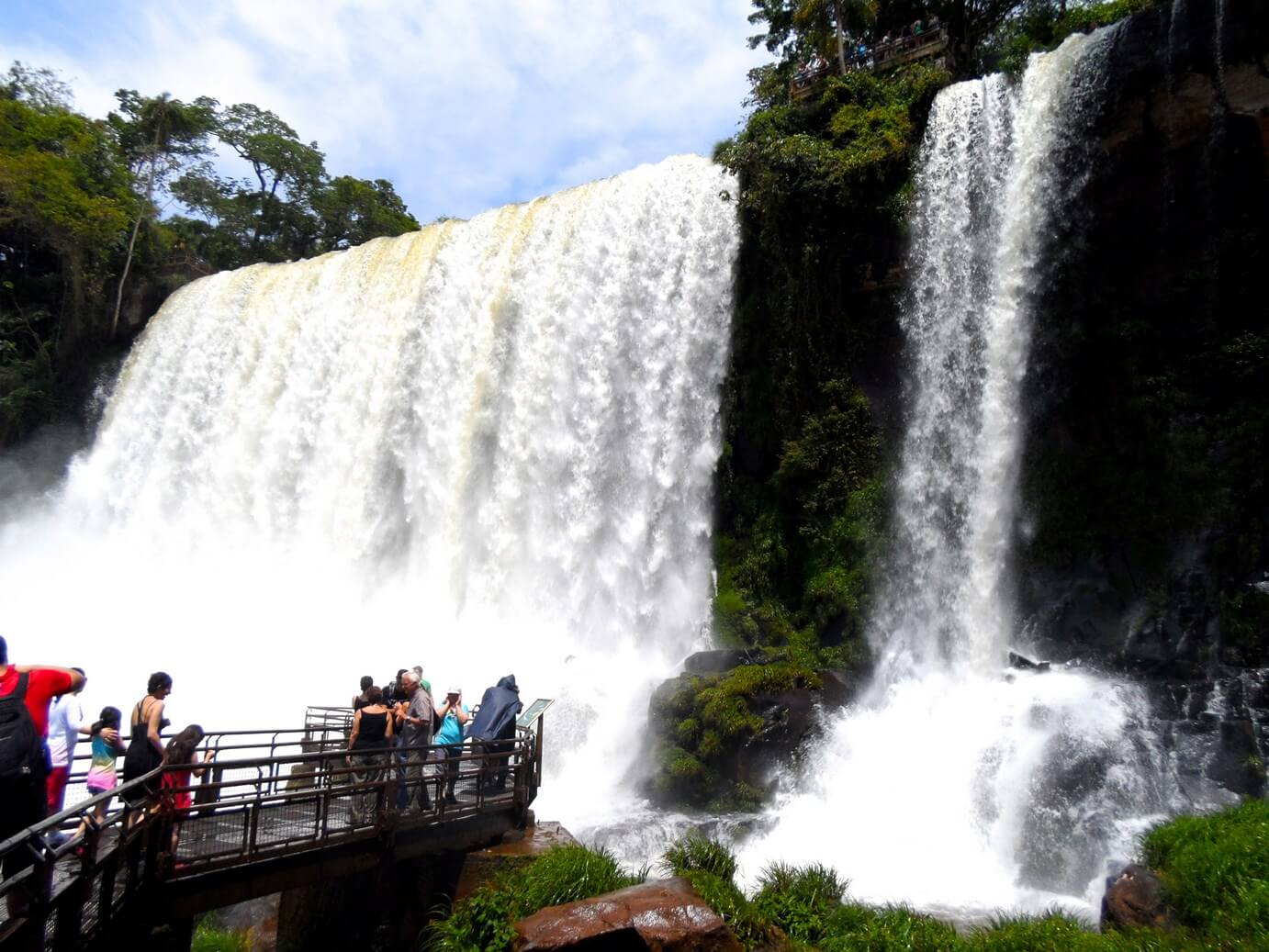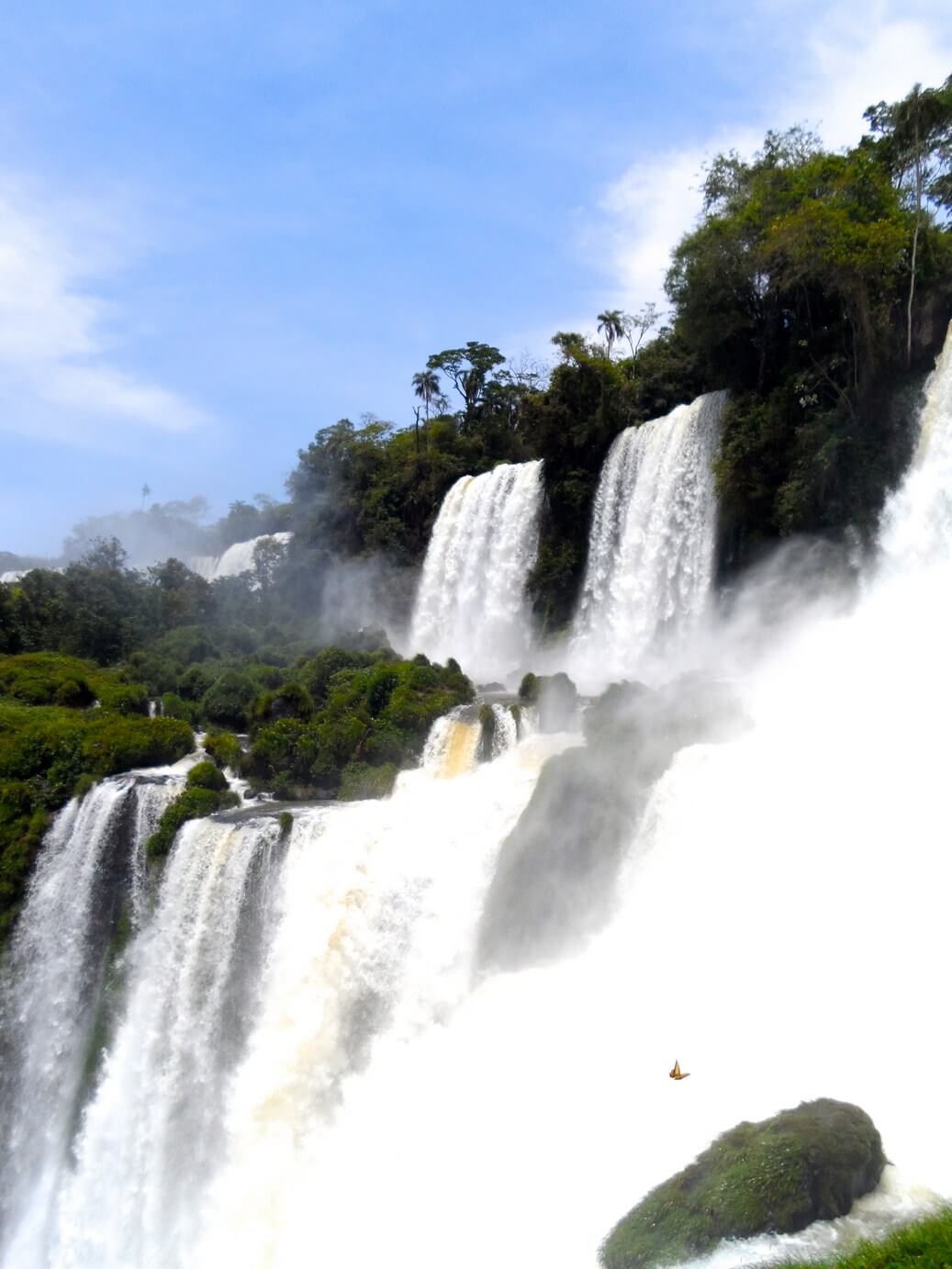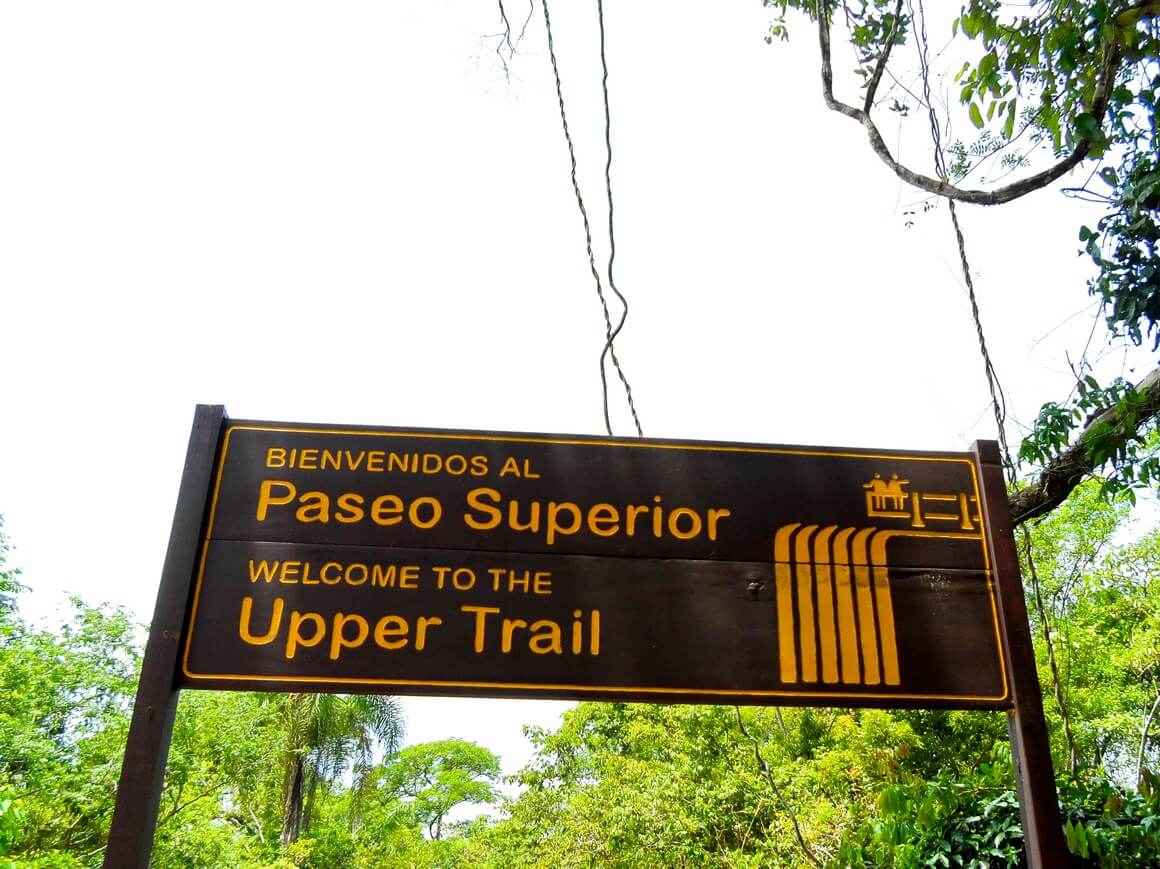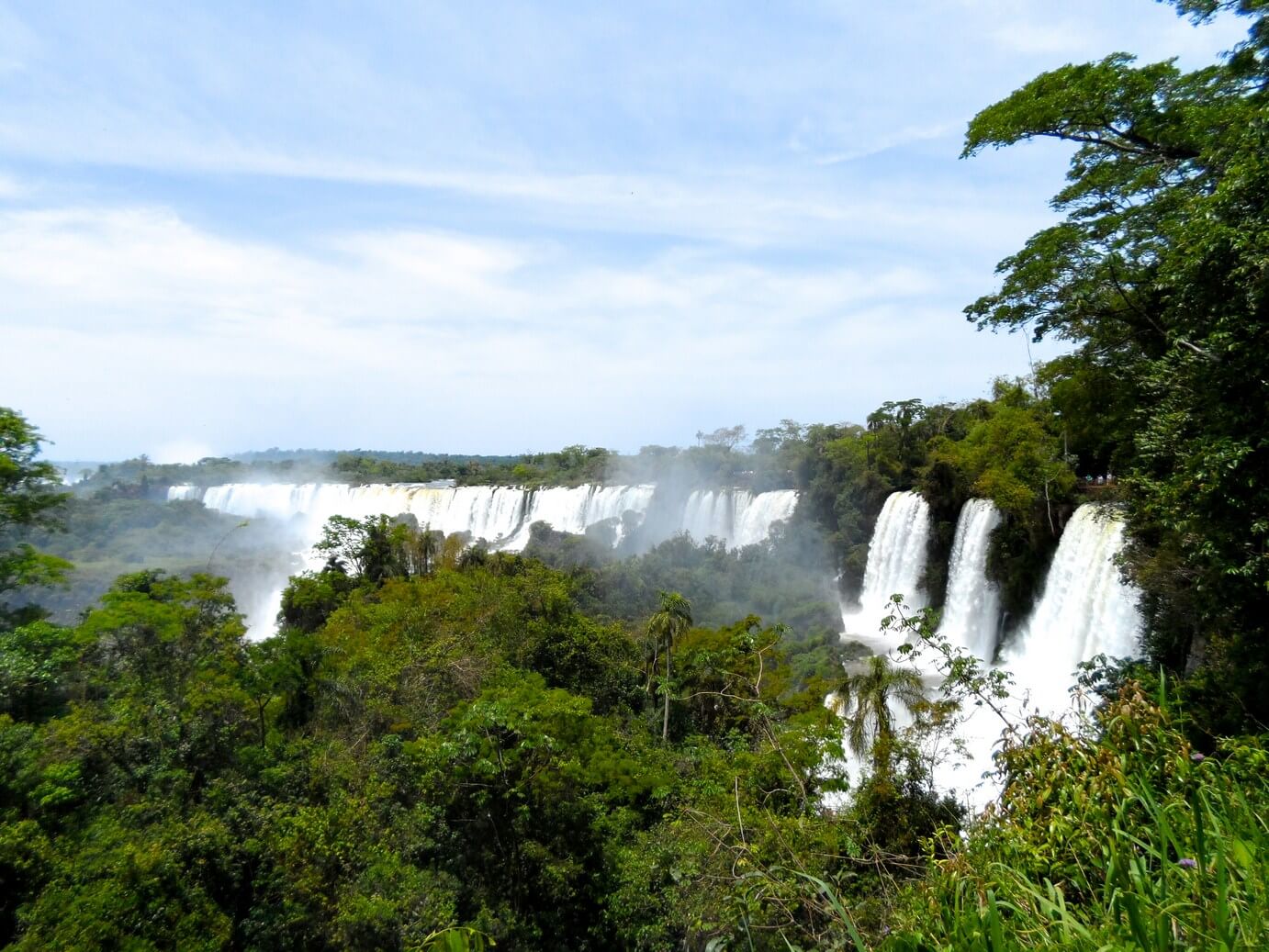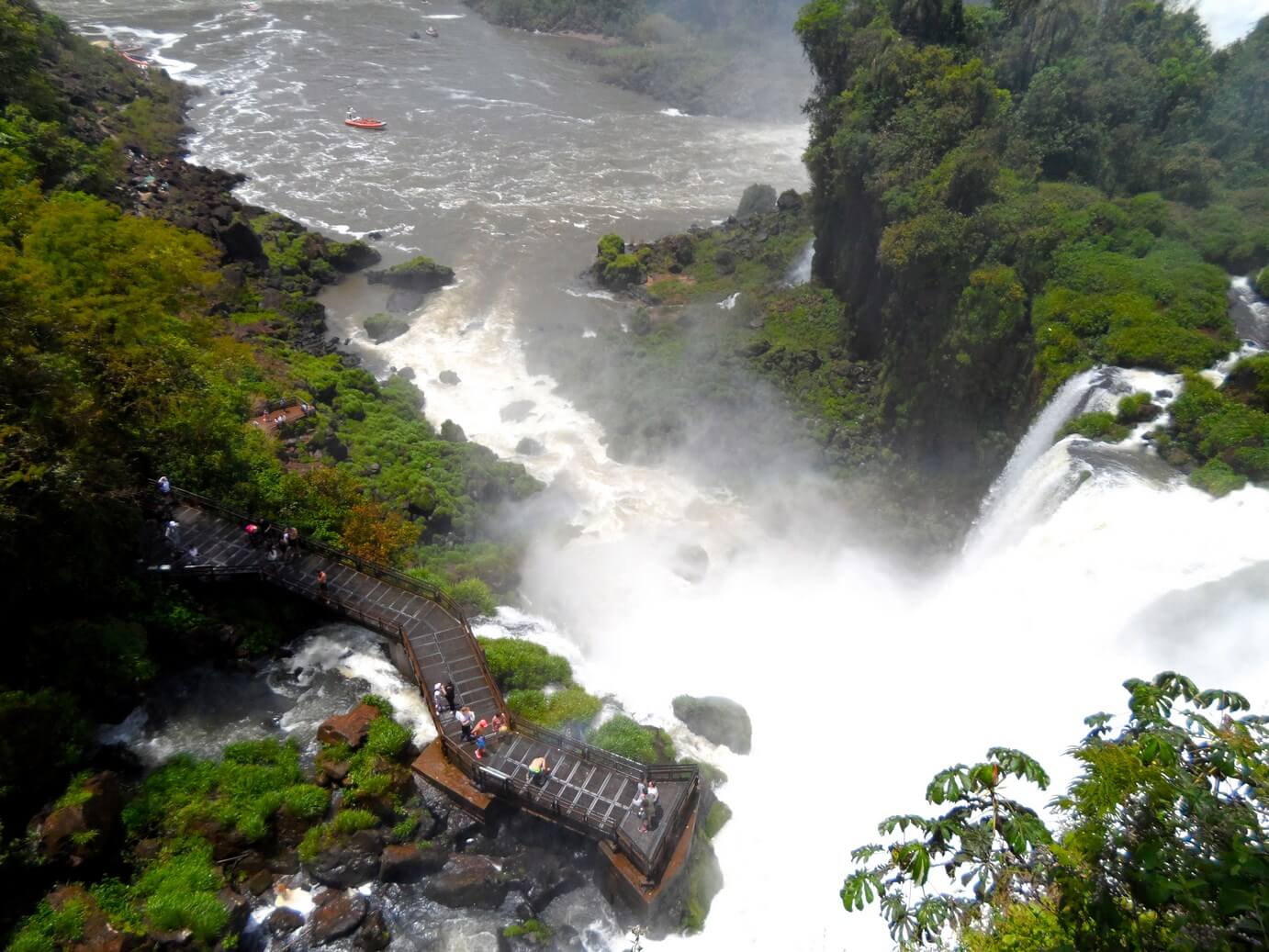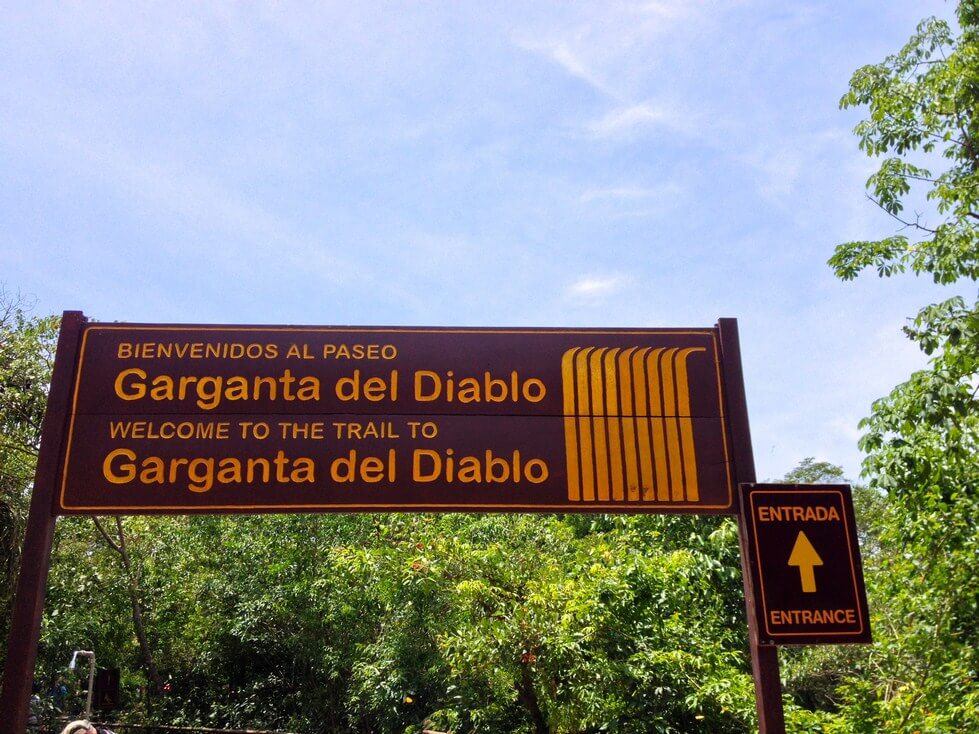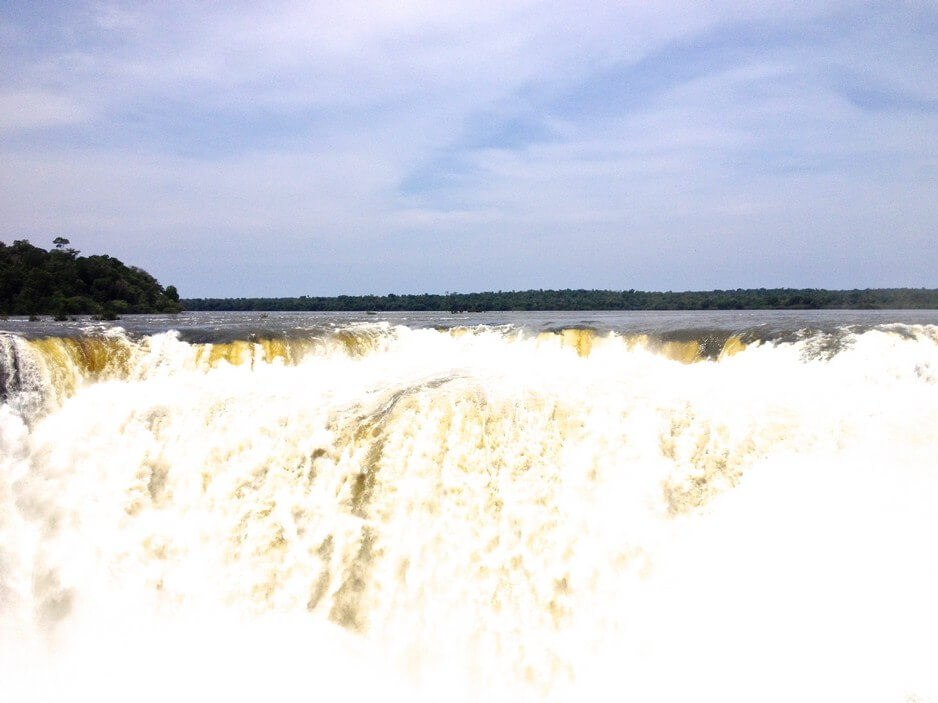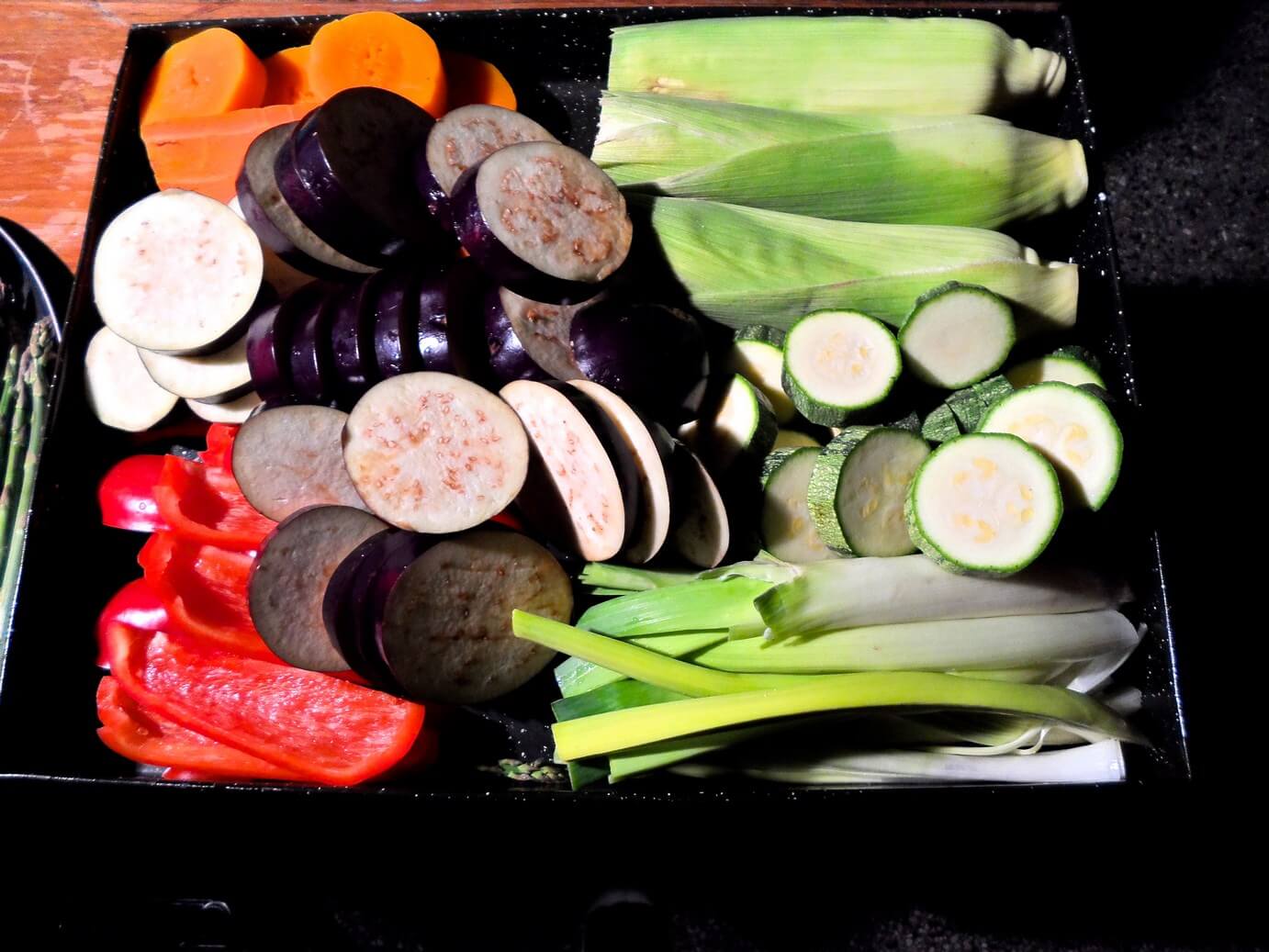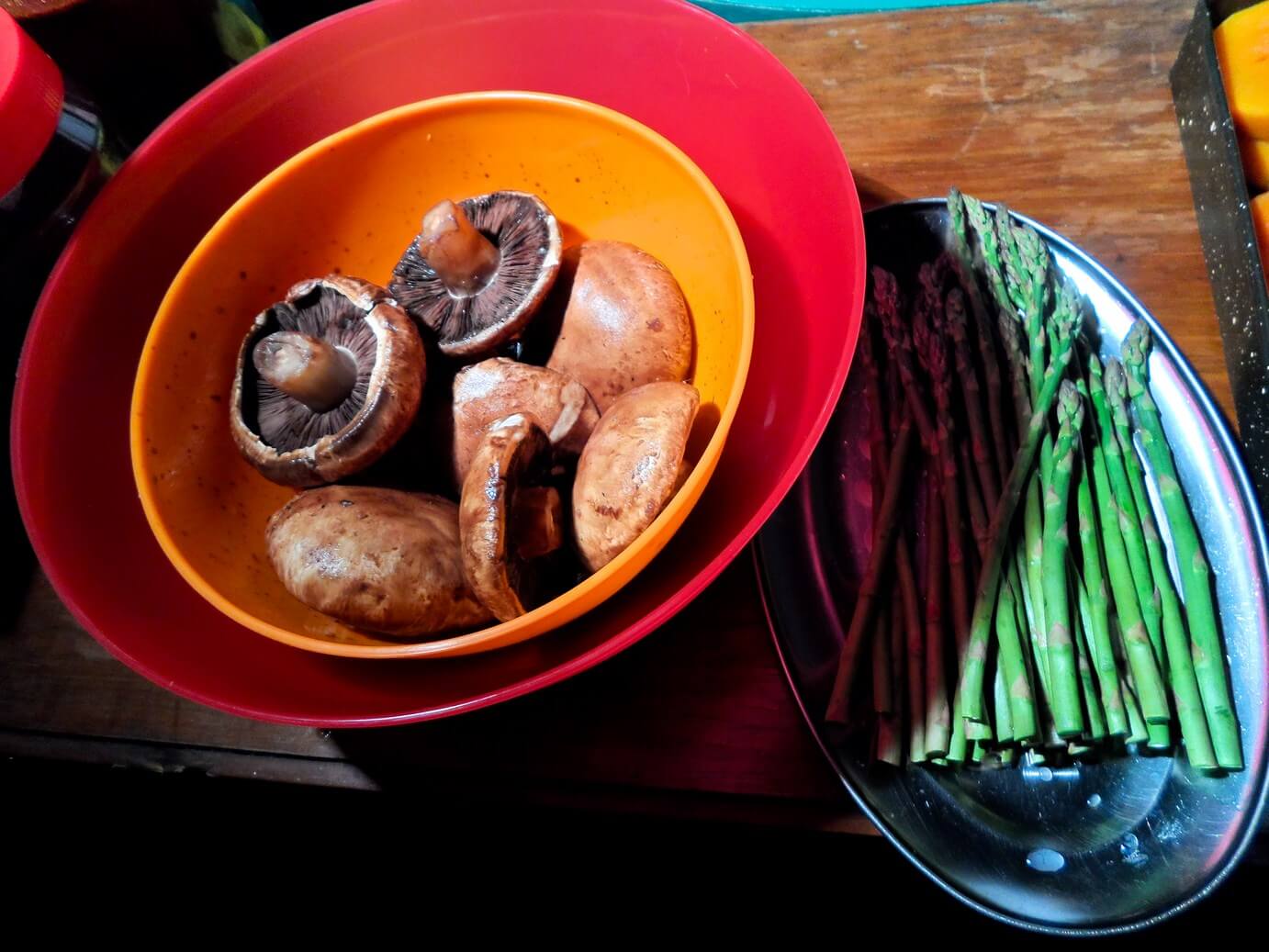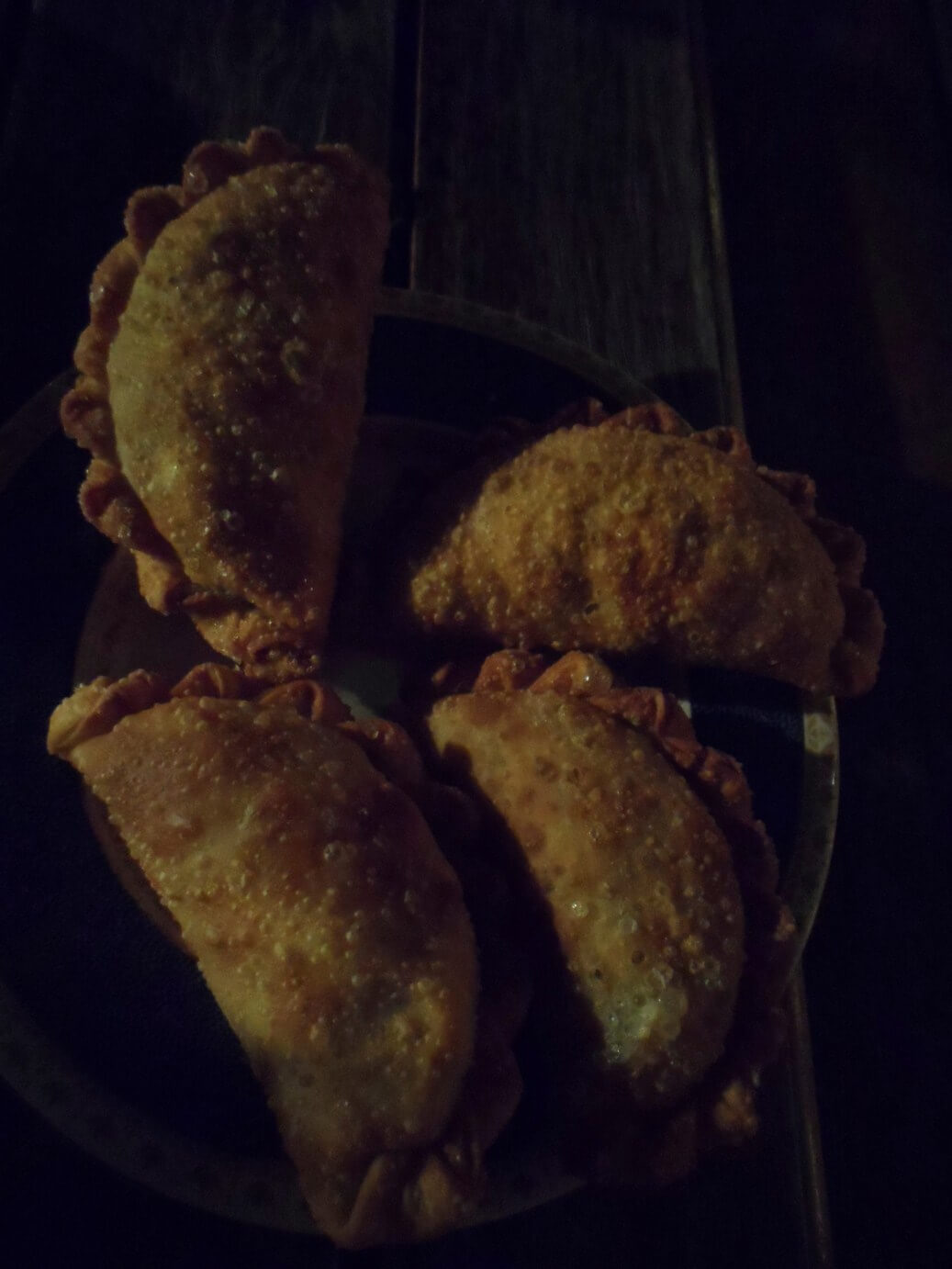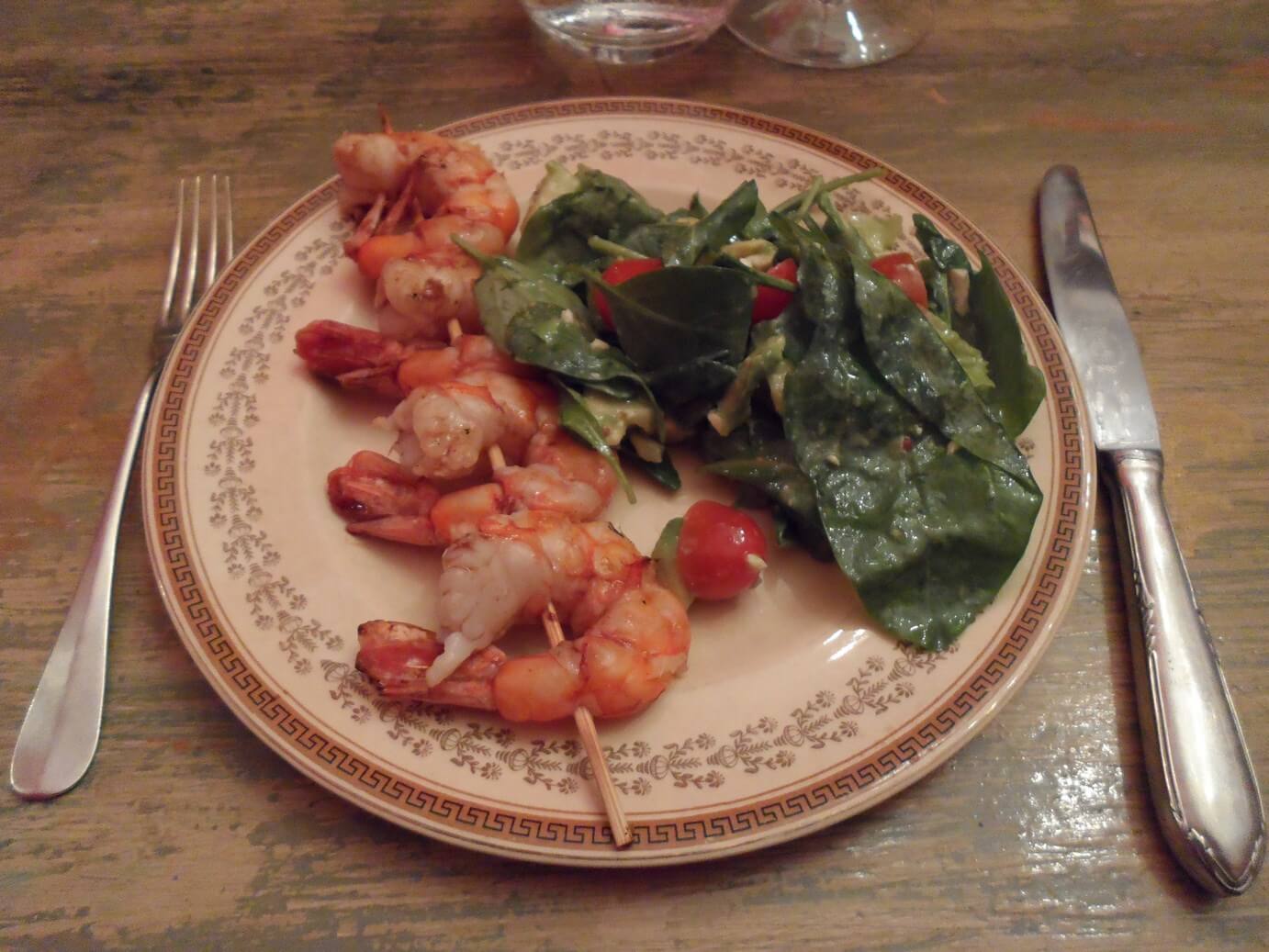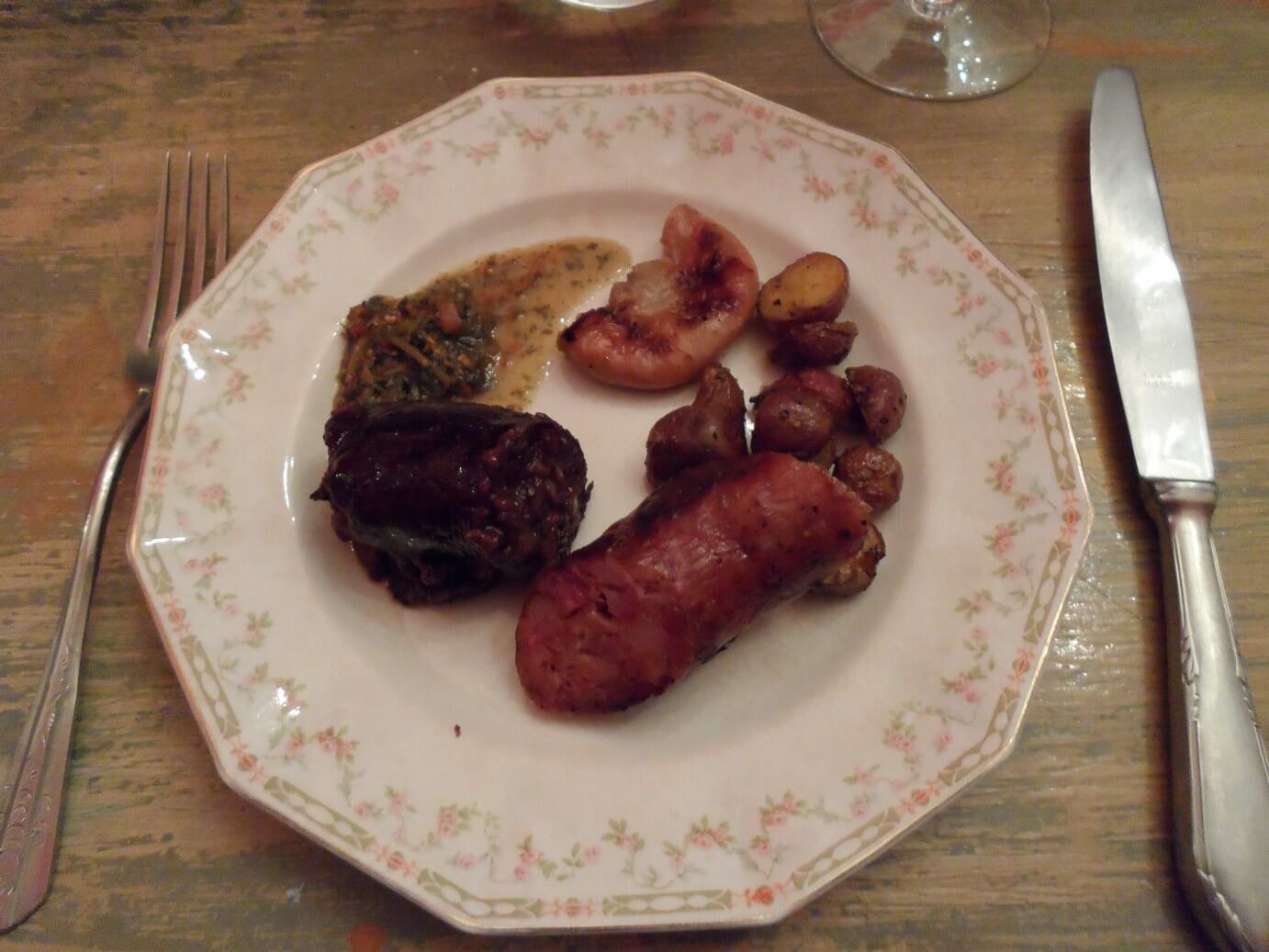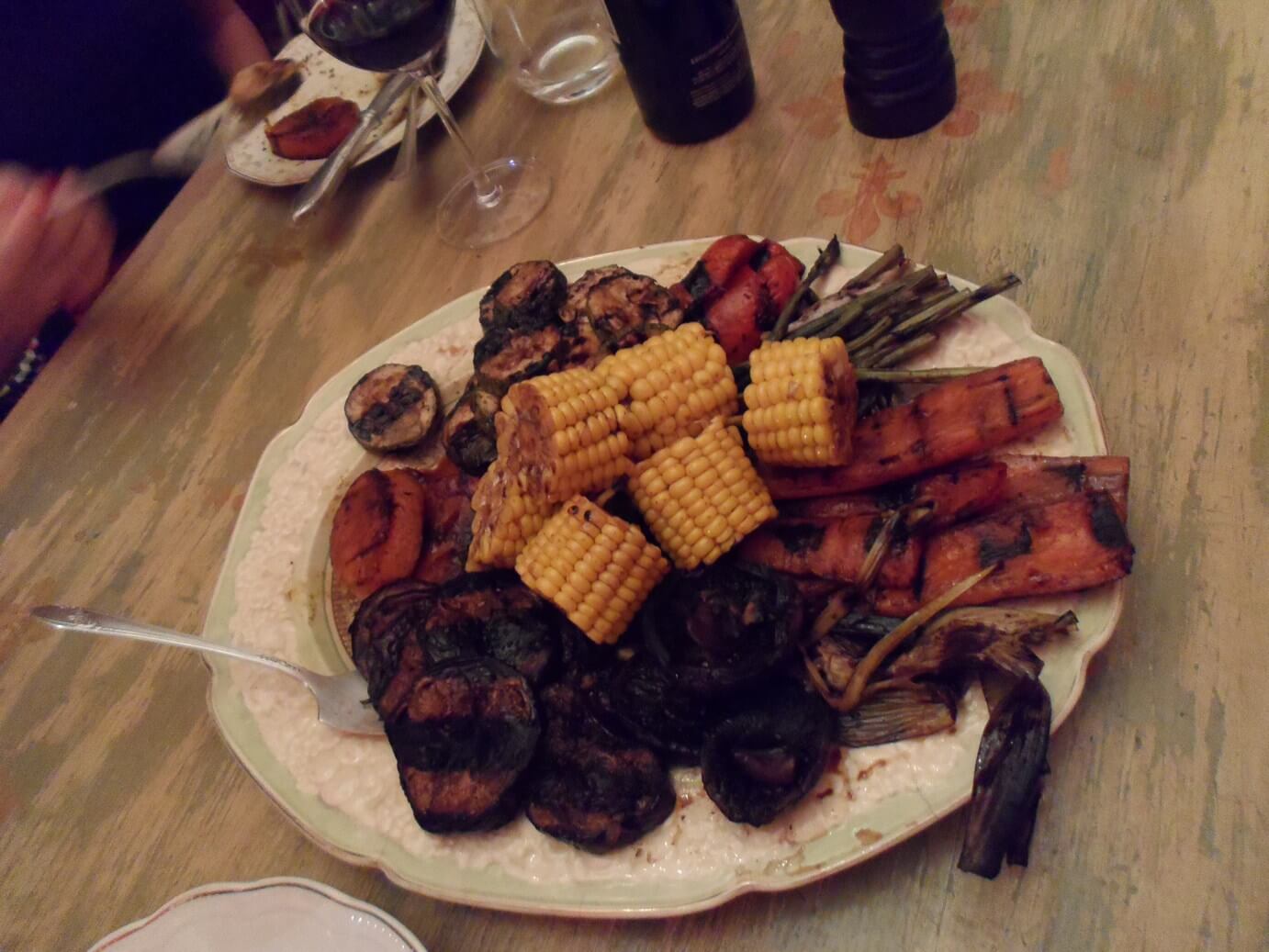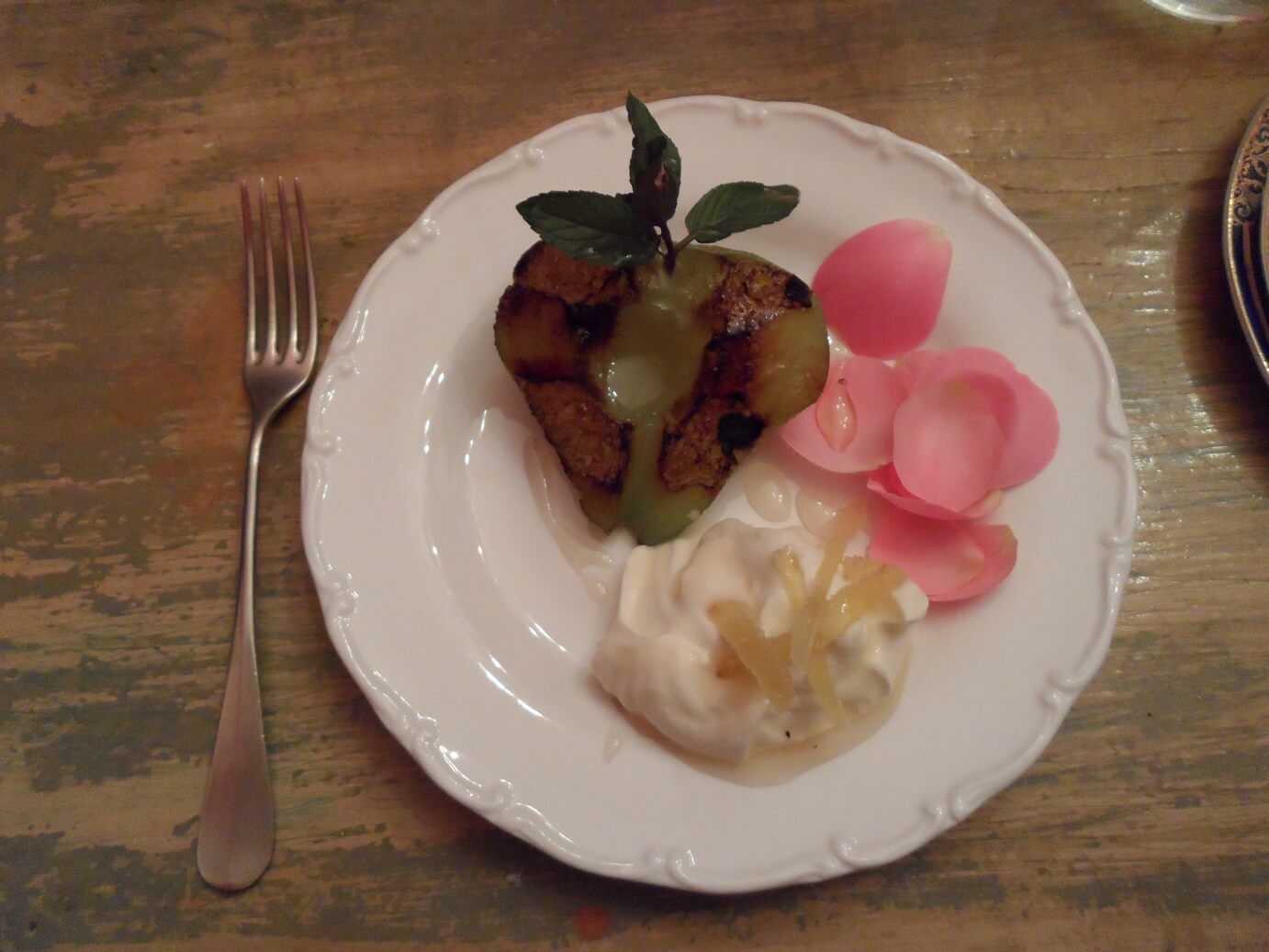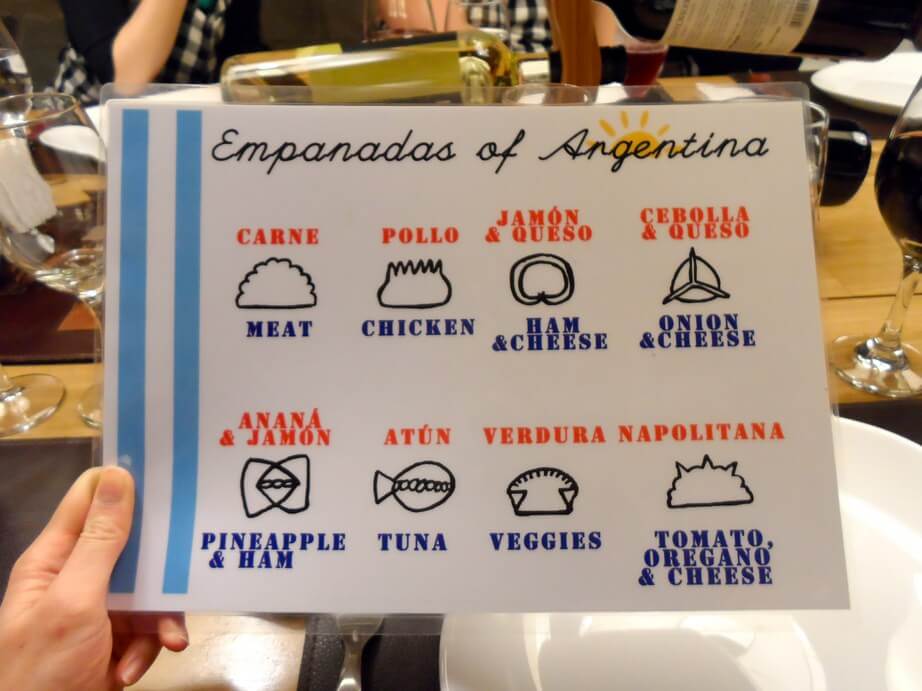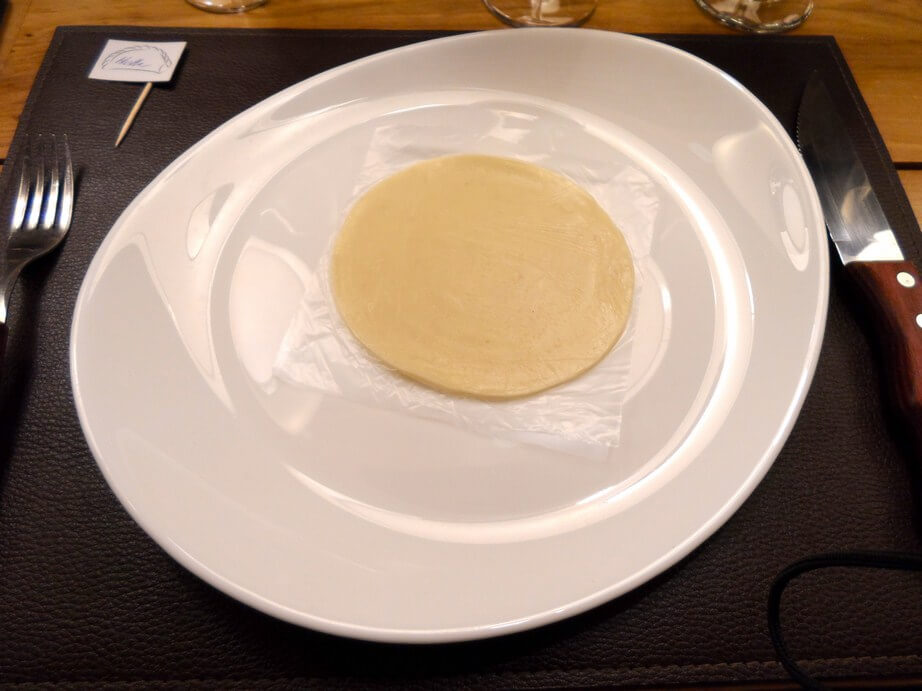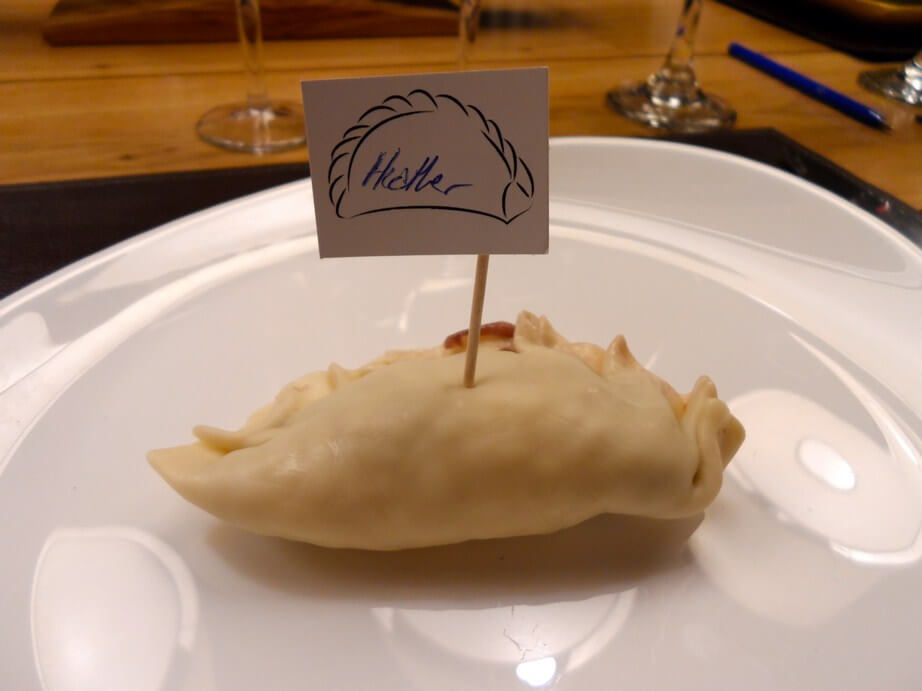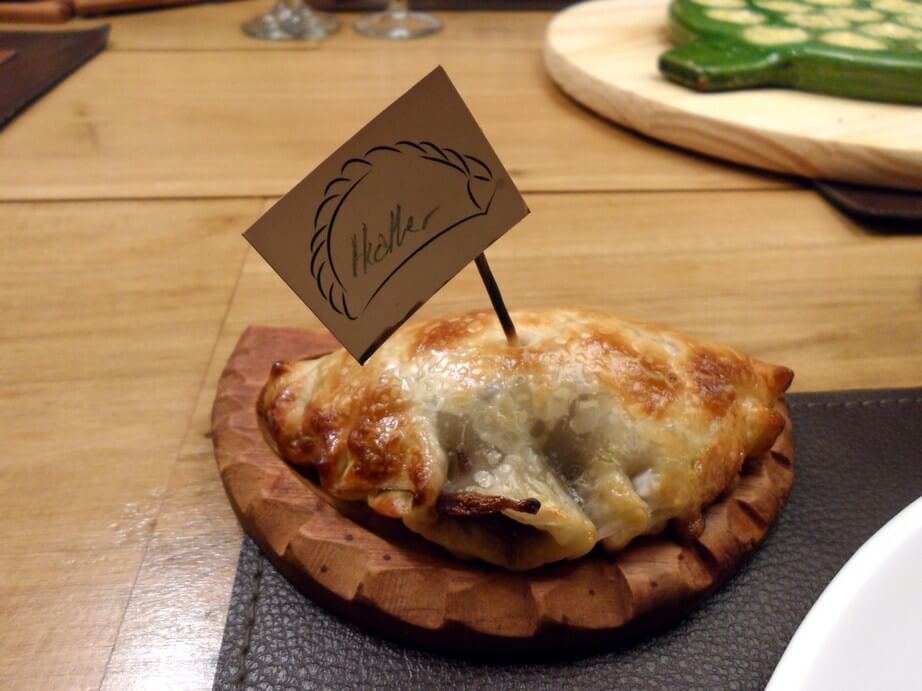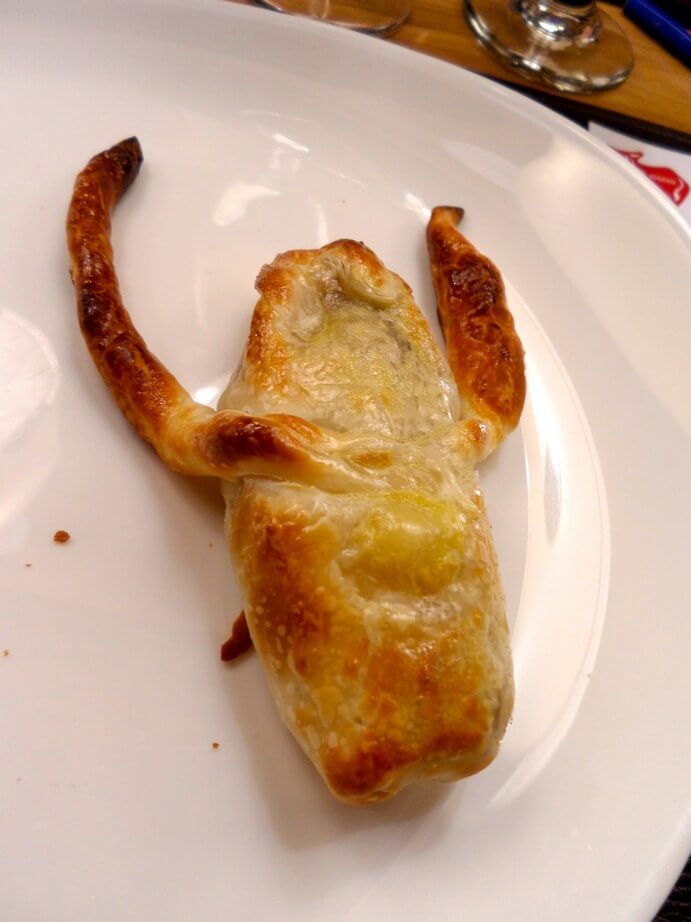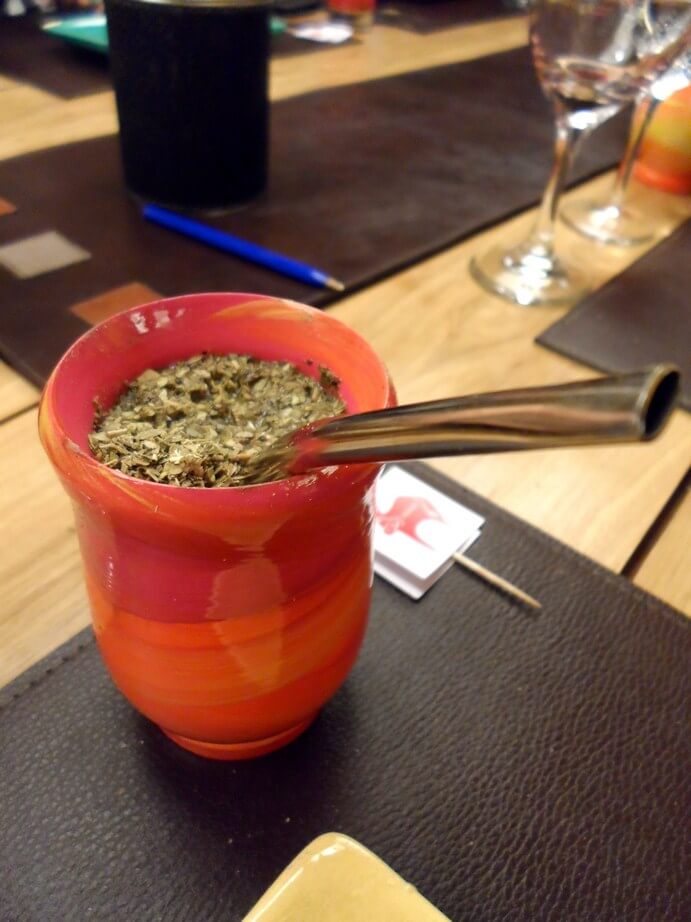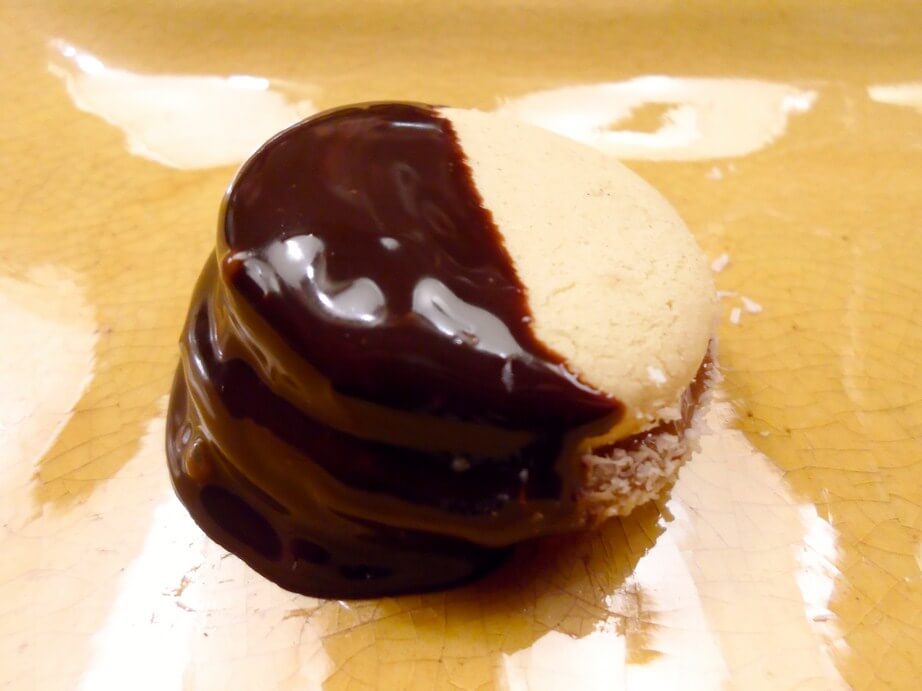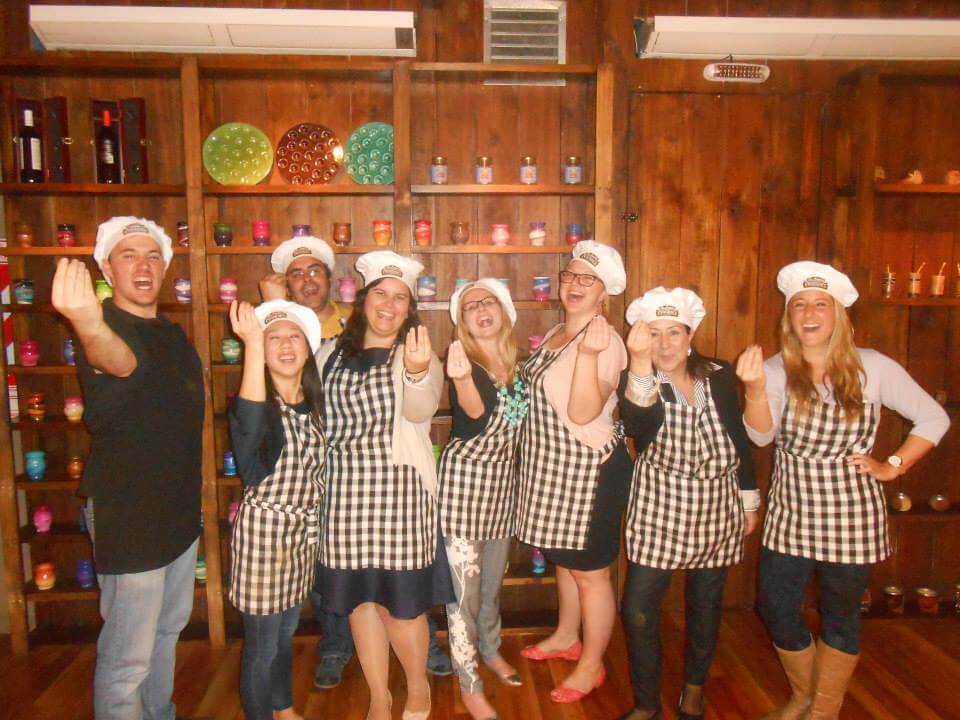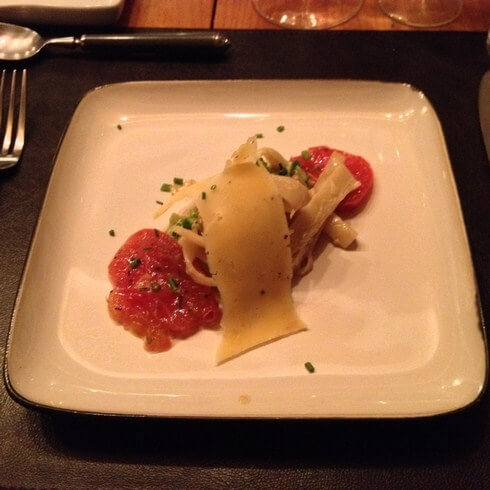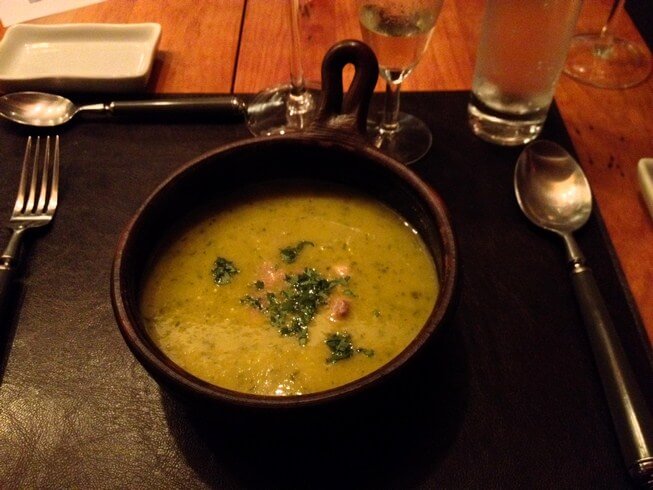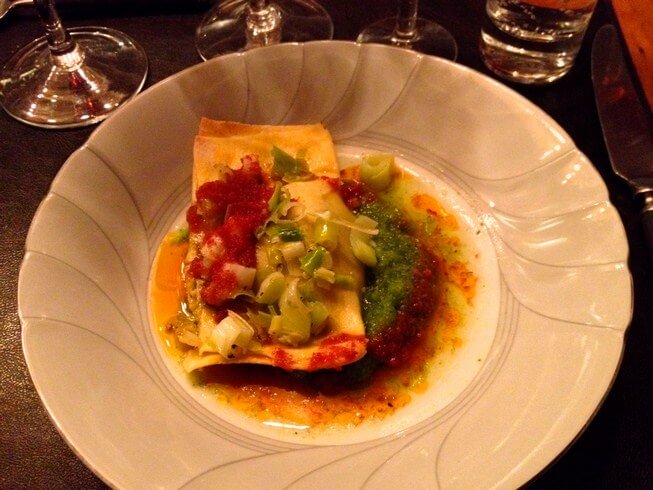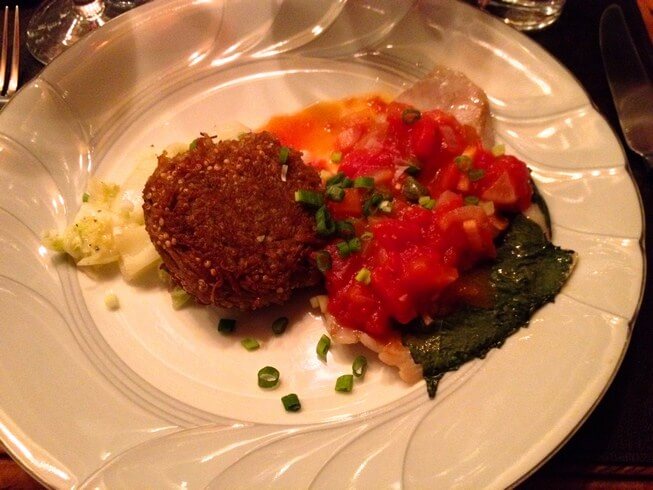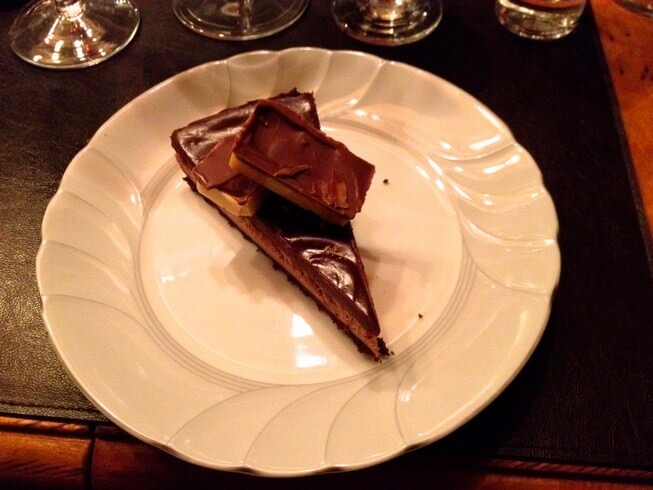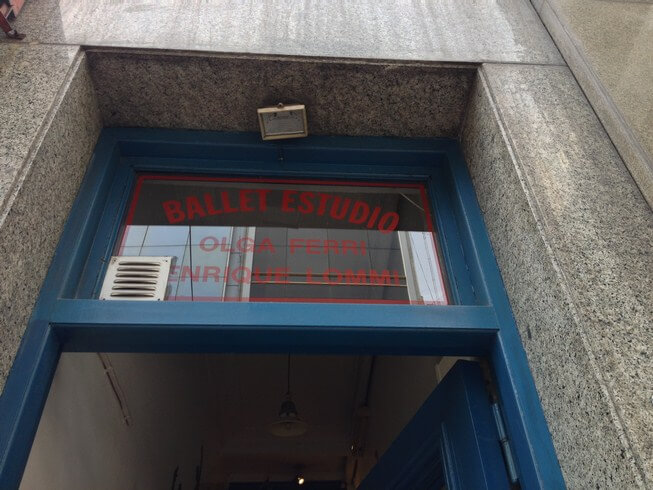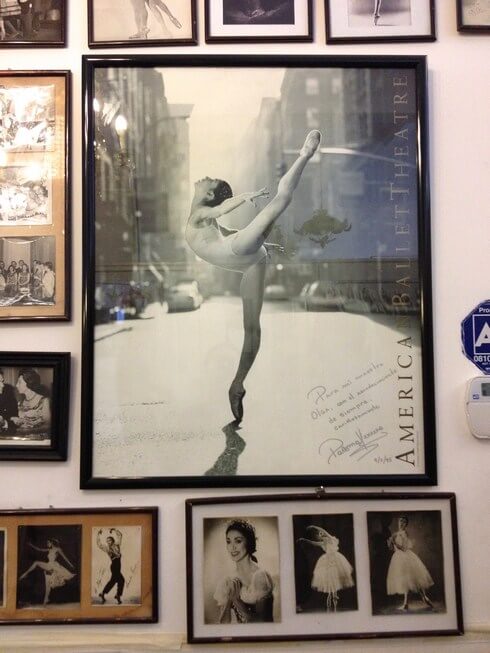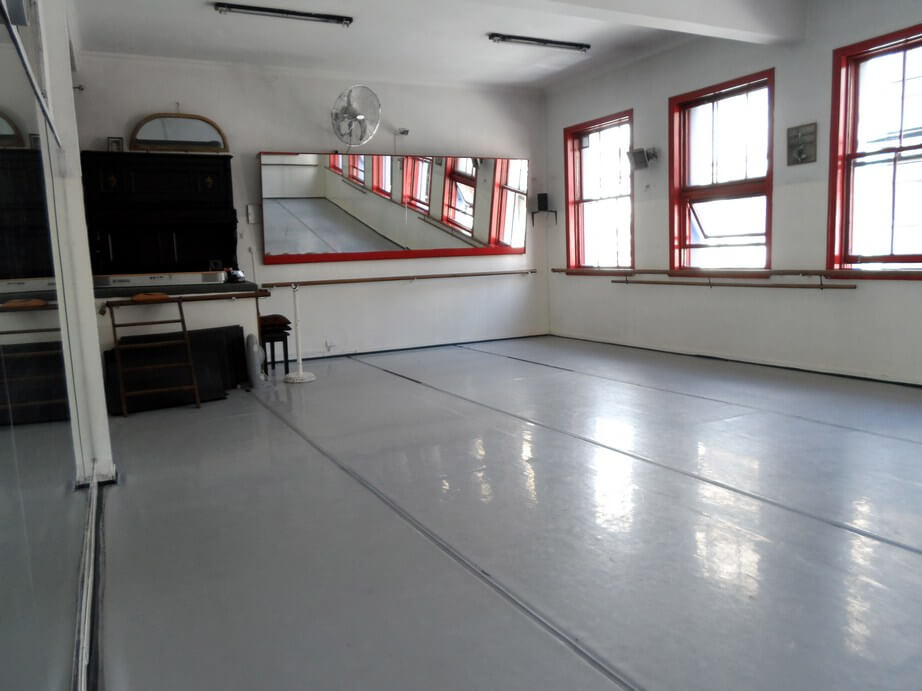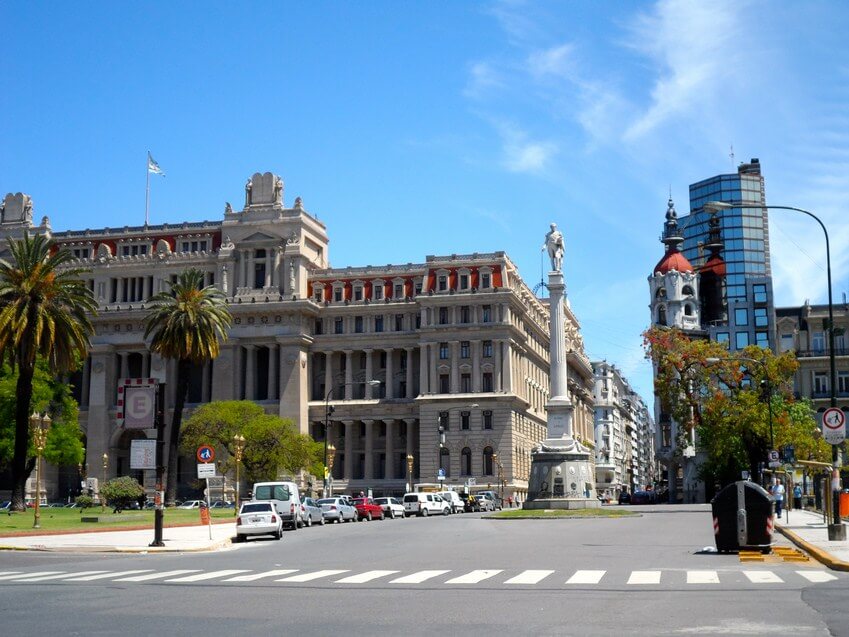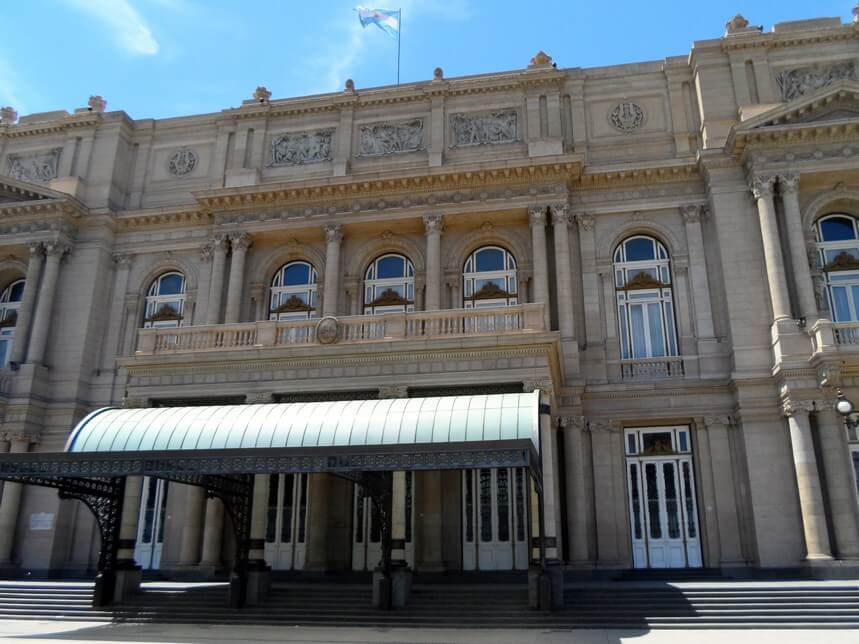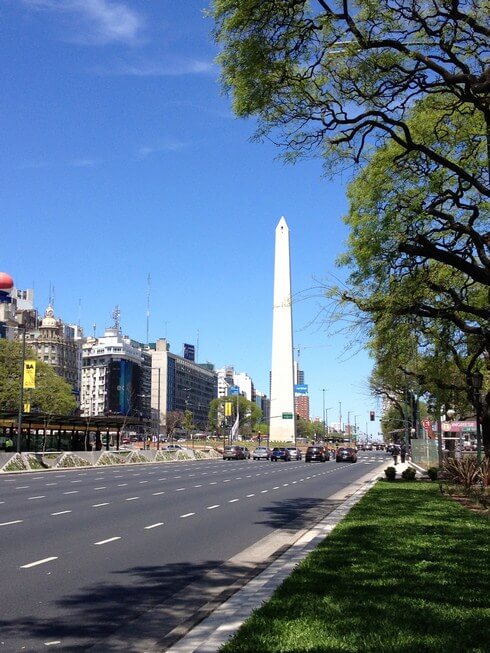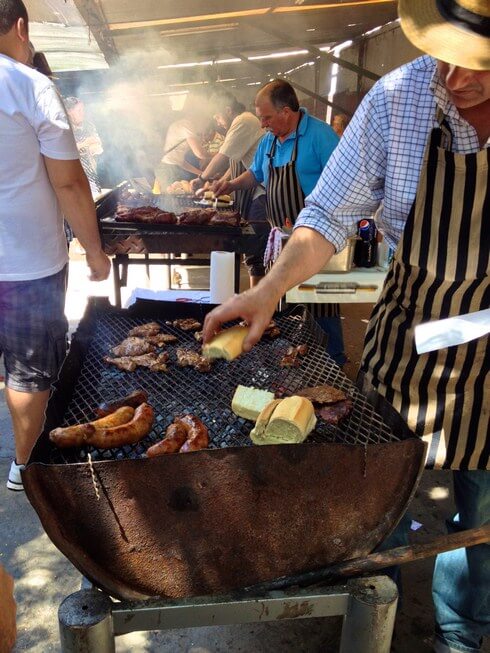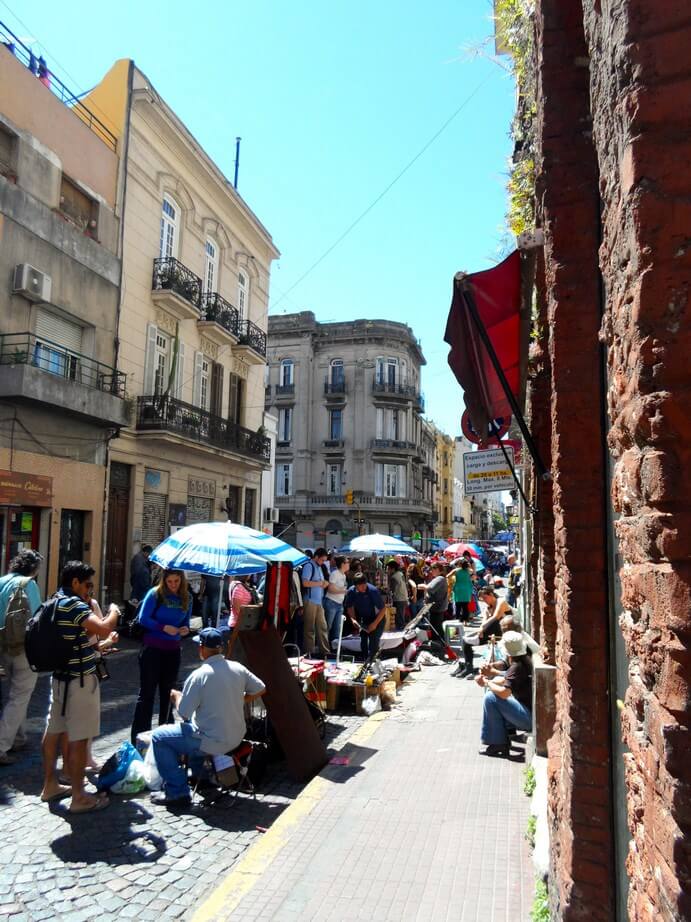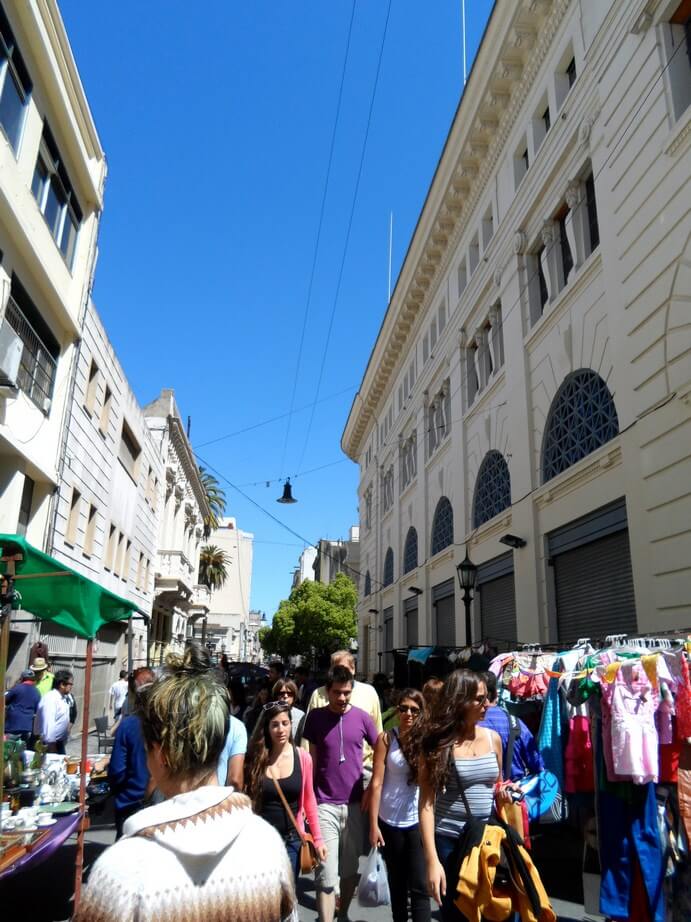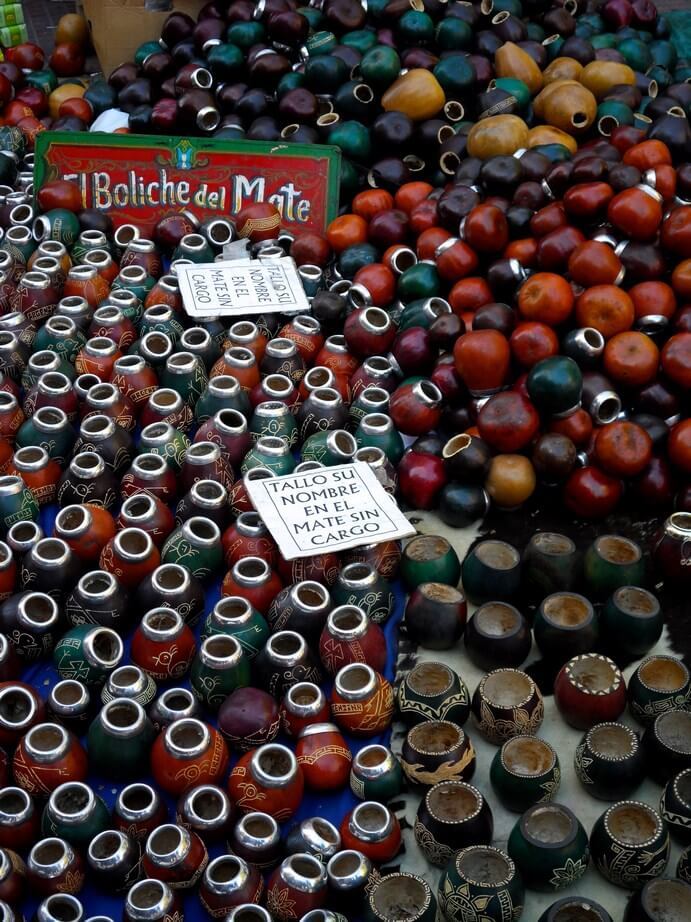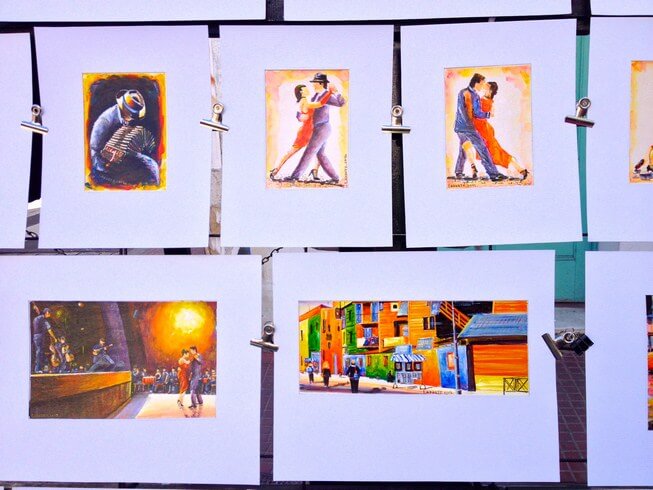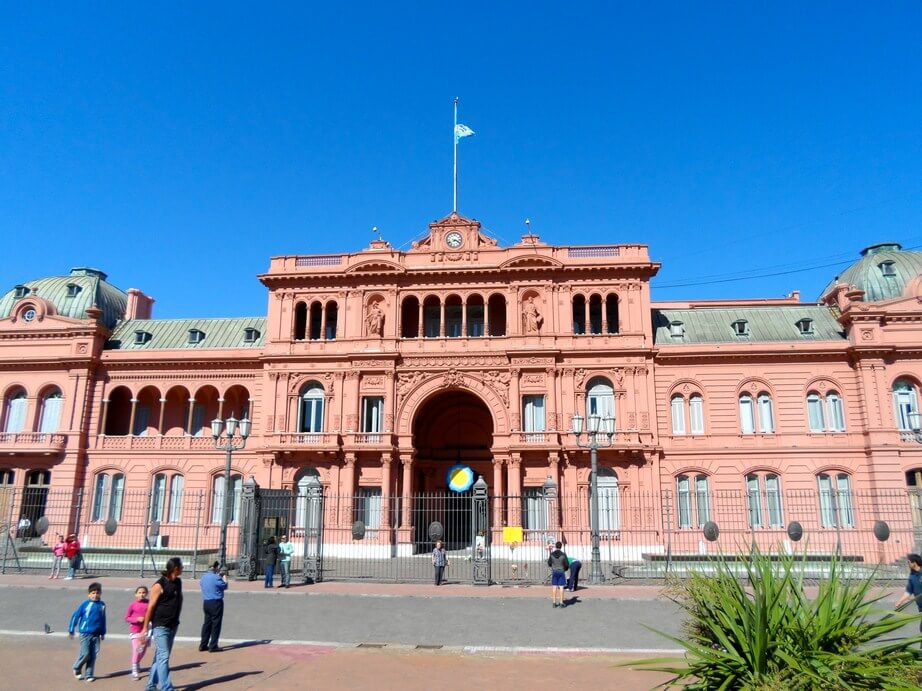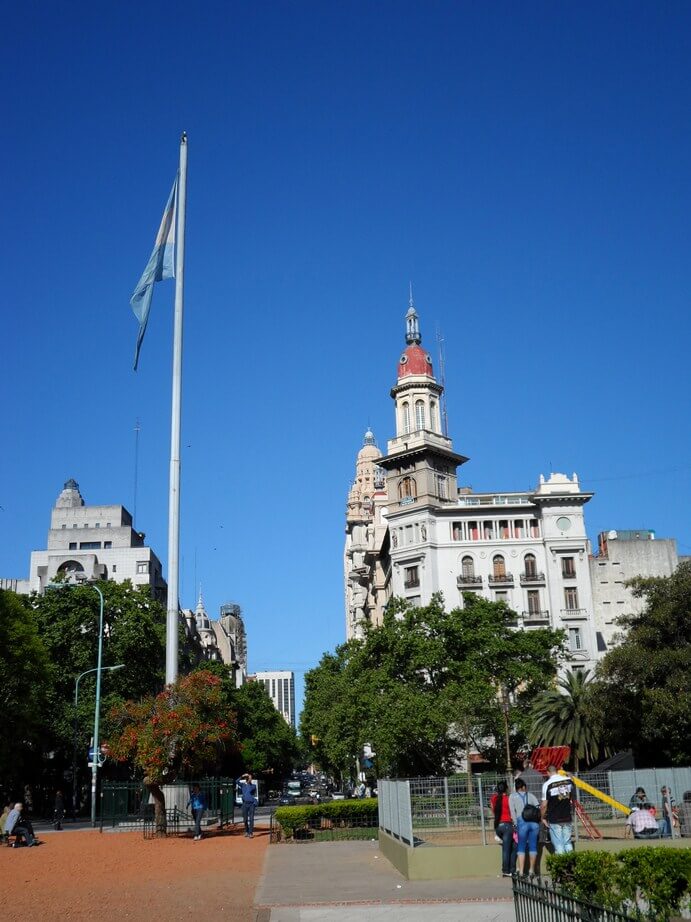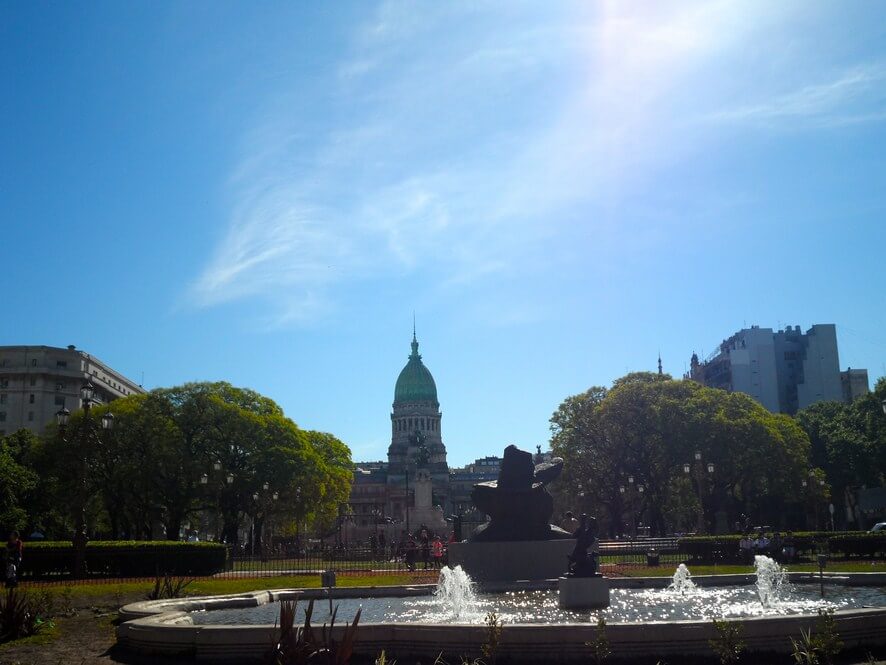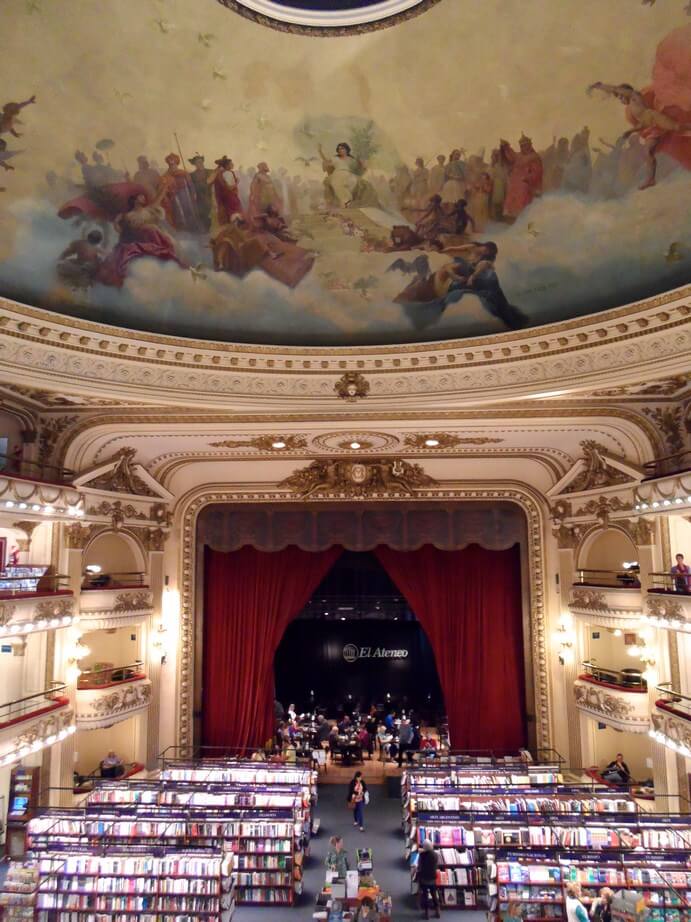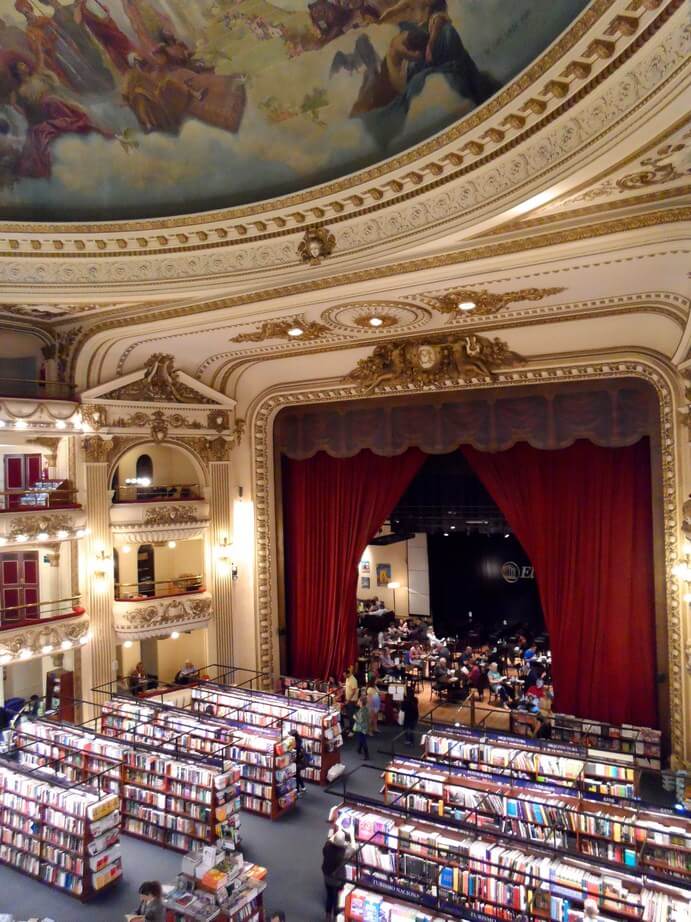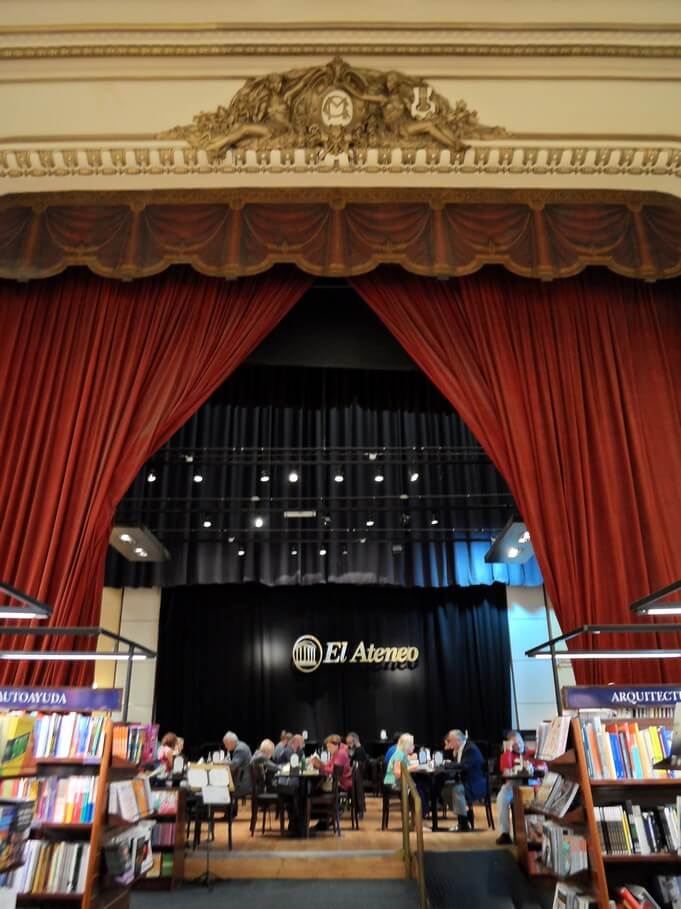It’s cold and snowy in NYC and I’m seriously missing the warm days of summer.
…or at least any day when the temperature topped 90 degrees.
The last place I was in, that fit that criteria, was Iguazu, Argentina, in early November. After several days in Buenos Aires, I headed there before returning to the States.
The Iguazu Falls are a UNESCO World Heritage Site, and one of the 7 New Wonders of the World. They’re located in northwestern Argentina, along the border it shares with Brazil. In fact, the falls belong to both countries, as part of National Parks Iguazu (Argentina) and Iguacu (Brazil). Some people view the falls from both sides. Due to time constraints—and not wanting to pay an additional reciprocity fee for Brazil—I only went to the Argentine side of the park.
In and around the town of Iguazu, Argentina, there are a wide range of accommodations: hostels, generic western-style hotels, rustic-lite places. I opted for the latter.
Yvy Hotel de Selva had just opened in September. It’s a ways off the main road, in the same woodsy area as similar nature-minded lodgings. Yvy is comprised of a lodge-like, airy reception/restaurant building…
…and several wooden cabins equipped with all the creature comforts: AC, hot water, king beds.
I arrived on a late afternoon flight from BA. After checking in, I spent a few hours lounging by the pool, then ate dinner in the restaurant. The place was quiet—just me and a few other diners—and my fish and veggies were pretty tasty.
On the way back to my cabin, I realized I’d forgotten one important thing: I’m afraid to be alone in woodsy areas! The trail was, admittedly, well-lit, but I still booked it back to my cabin, locked myself in and turned on all the lights. I went to bed soon after, in hopes that morning would come quickly.
It did, and the day was sunny and warm. I ate breakfast from Yvy’s generous, complimentary spread, then cabbed into the town of Iguazu to use an ATM. (The people at my front desk warned me that the ATM at the park is usually out of service.) I wasn’t thrilled to make the detour, but was glad to see what downtown Iguazu looked like. To be honest, I wasn’t impressed. There were some generic touristy shops and restaurants—nothing picturesque or noteworthy. To get to the park from there, I hopped on a coach at the main bus stop.
I haven’t been to many national parks, but I’ve yet to visit one, in the U.S. or abroad, that’s easier to navigate than Iguazu. There are only a few trails and they’re all paved or platformed and very clearly marked. You definitely don’t need a guide unless you’re looking to learn about the falls in detail.
From the park entrance, I walked to the Green Trail…
…which led me to take either the Upper or Lower Trail.
I opted to start with the Lower.
Since it was pretty early, around 10 a.m., I had parts of the trail to myself.
I walked along the metal paths, admiring the greenery, until I caught my first glimpse of the falls in the distance.
As I walked closer, I passed smaller falls along the trail.
After a short walk, I came to a spot where I could see the full falls—and was astounded.
Never before had I seen so many in one place.
While gaping at the view, I noticed speed boats zipping through the river, ferrying tourists right up to the cascading water. During my cab ride to Iguazu, the driver kept urging me to take a boat ride and tried to hand me a pamphlet about it. At the time, I’d politely declined, thinking that I wouldn’t be caught dead doing something so touristy. But after seeing it in person, I had a change of heart.
I walked right up to the Iguazu JungleВ stand on the Lower Trail—conveniently located so people like me can buy tickets for the boat on a whim, after seeing them in action. The guy behind the counter fielded a few of my questions. (No, your stuff won’t get wet—we’ll give you a dry bag. Yes, it’s safe—the boat is the size of a bus. You won’t capsize and drown.) Then heВ gave me my ticket (AR$180) and pointed me down to the dock. I placed my stuff in a dry bag, put on a life vest and climbed on board.
The boat makes two trips to the falls.
On the first, they stay far enough away so you can take photos.
On the second, they tell you to put your cameras away—because you get drenched! Within a few seconds of speeding towards the falls, I was completely soaked.
Luckily, it was sunny and hot, so I didn’t mind walking the rest of the Lower Trail in saturated clothing. The end had some of the best views.
I went to the Upper Trail, afterwards.
By that time, it was noon, and the park was crowded—wall-to-wall people on the walkway crowded. Admittedly, I wanted to finish the trail as soon as possible.
Some of the aerial views from the Upper Trail were pretty spectacular—when I could actually get through the crowds to see them!
I thought it was especially cool to look down upon this viewing platform on the Lower Trail.
I’d saved Iguazu’s most iconic fall for last: La Garganta del Diablo. (Translation: the Devil’s Throat.) To get there, I hopped the little train that takes visitors to the trail.
Once we arrived, I took an empanada snack break near the train station. I wouldn’t be able to escape people completely, but at least I wouldn’t have to walk along the trail with the hordes of other people who’d just disembarked from the same train. A few minutes later, I embarked on the trail.
The water beneath the walkway is so calm that you’d never guess there was a massive waterfall nearby.
After a few minutes, an Argentinean flag came into view—along with mist billowing in the air.
La Garganta del Diablo was like nothing I’d ever seen before. The sheer volume and power of the water astounded me. I couldn’t see—or even fathom—how far the bottom of the falls were.
Brazil, just across the way, seemed so close, yet far. Maybe one day I’ll see the falls from that side.
After admiring the falls from every angle, I walked back to the train station and rode the train to the stop near the exit. While waiting for a bus back to my hotel, I was struck by how exhausted I was. Walking around a park all day, in 90 degree heat, among crowds, had finally caught up to me. Luckily, the bus ride wasn’t too long, and the driver dropped me at the side of the road, near my hotel. I walked along the path, for about 15 minutes, before finally reaching it. I immediately changed into my bathing suit, went to the pool—and feel asleep for an hour.
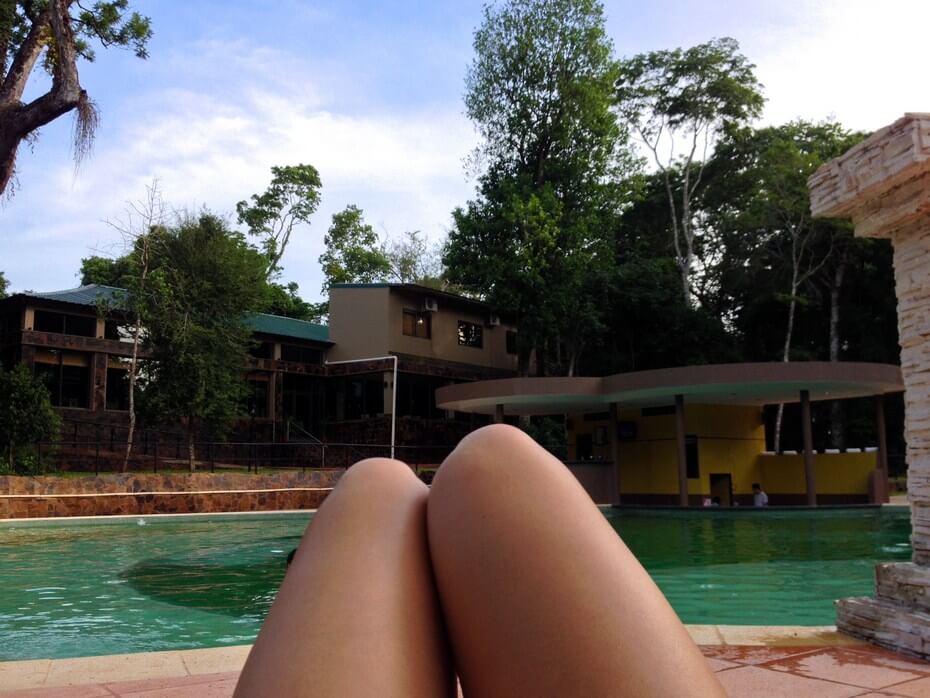
That evening, I was too tired to go into town, so I ate dinner at the hotel restaurant, again. I had a steak and Malbec—a fitting meal for my last night in Argentina.





